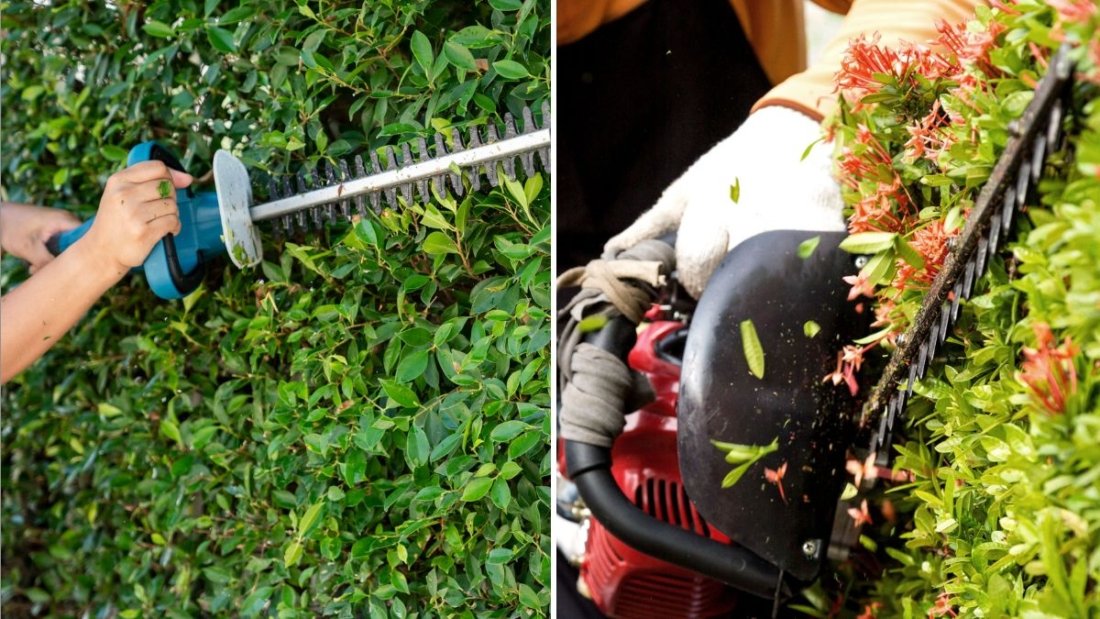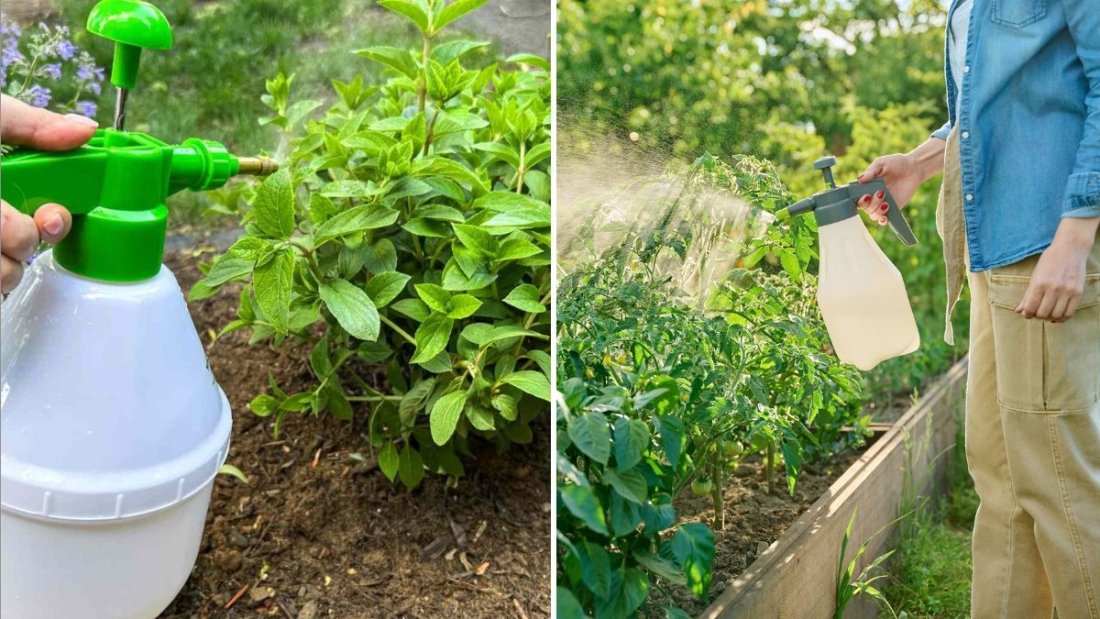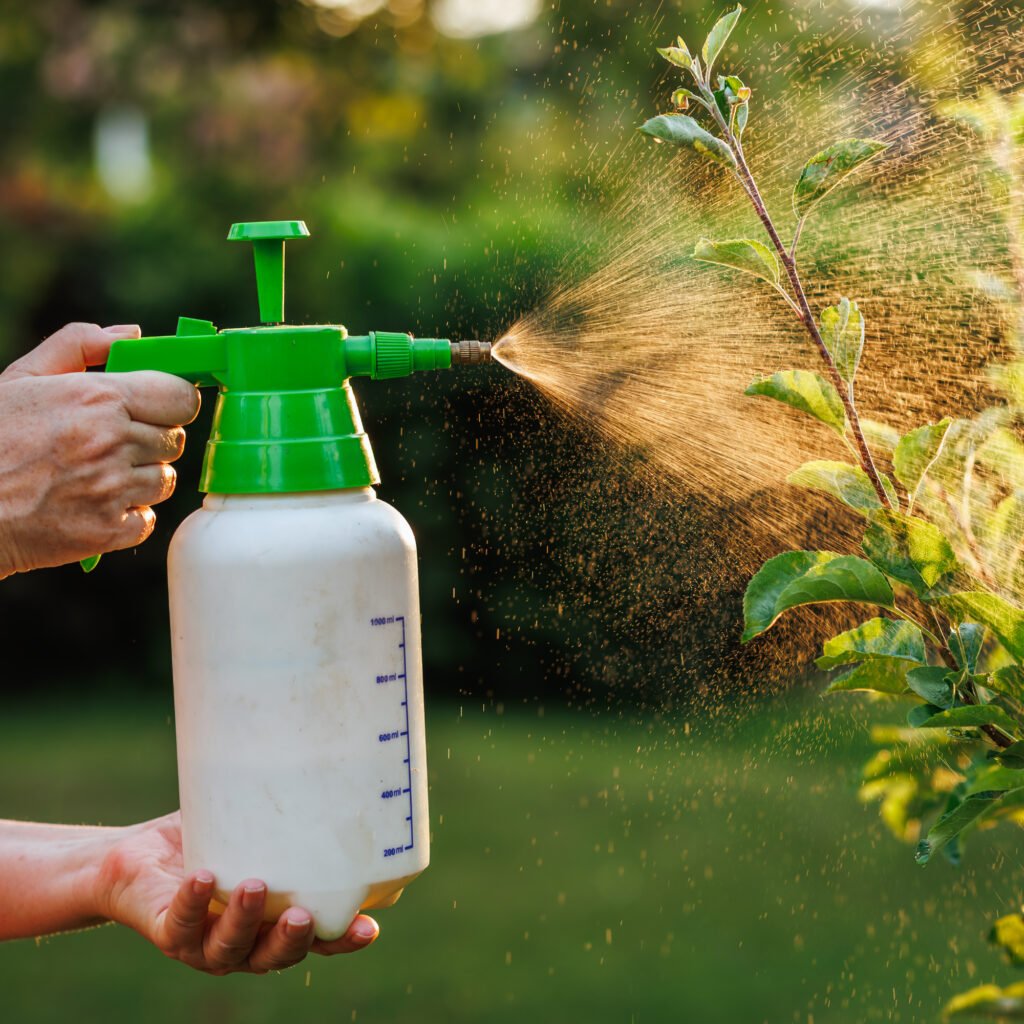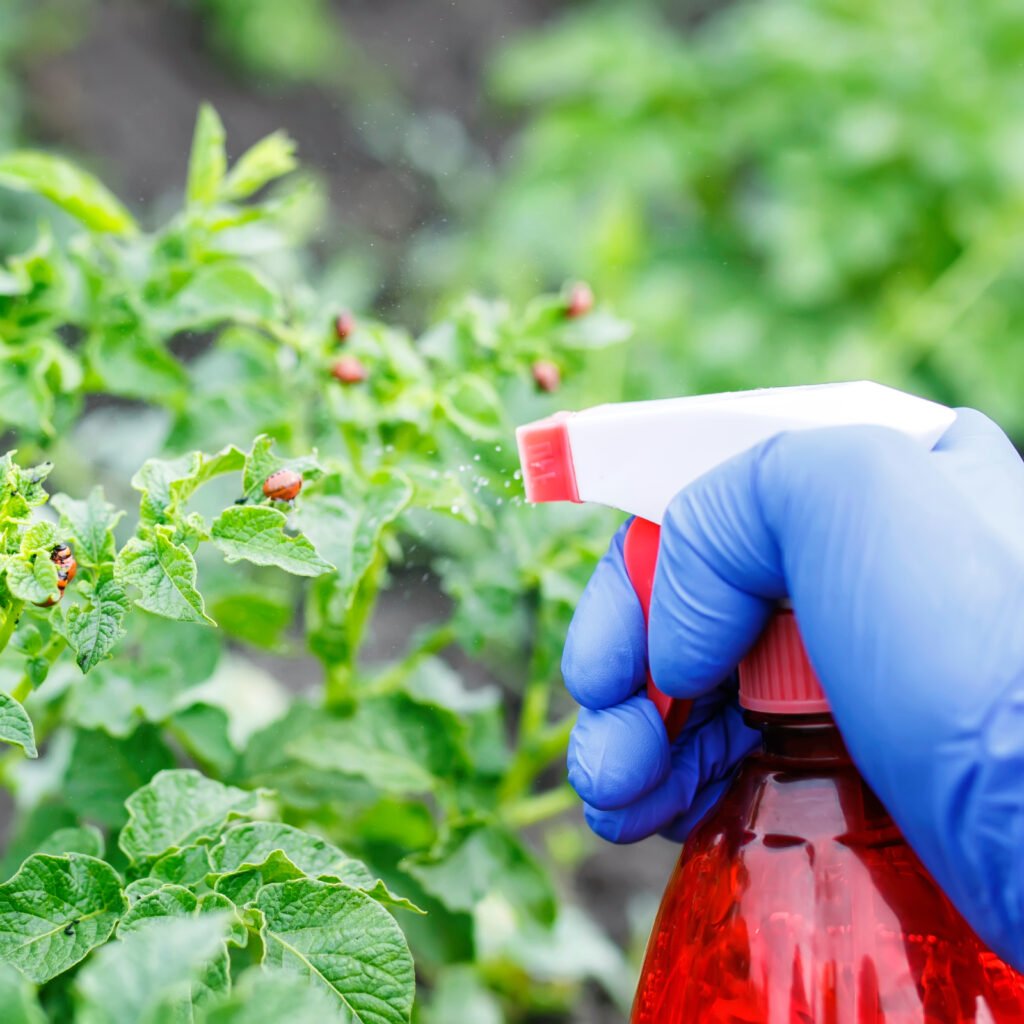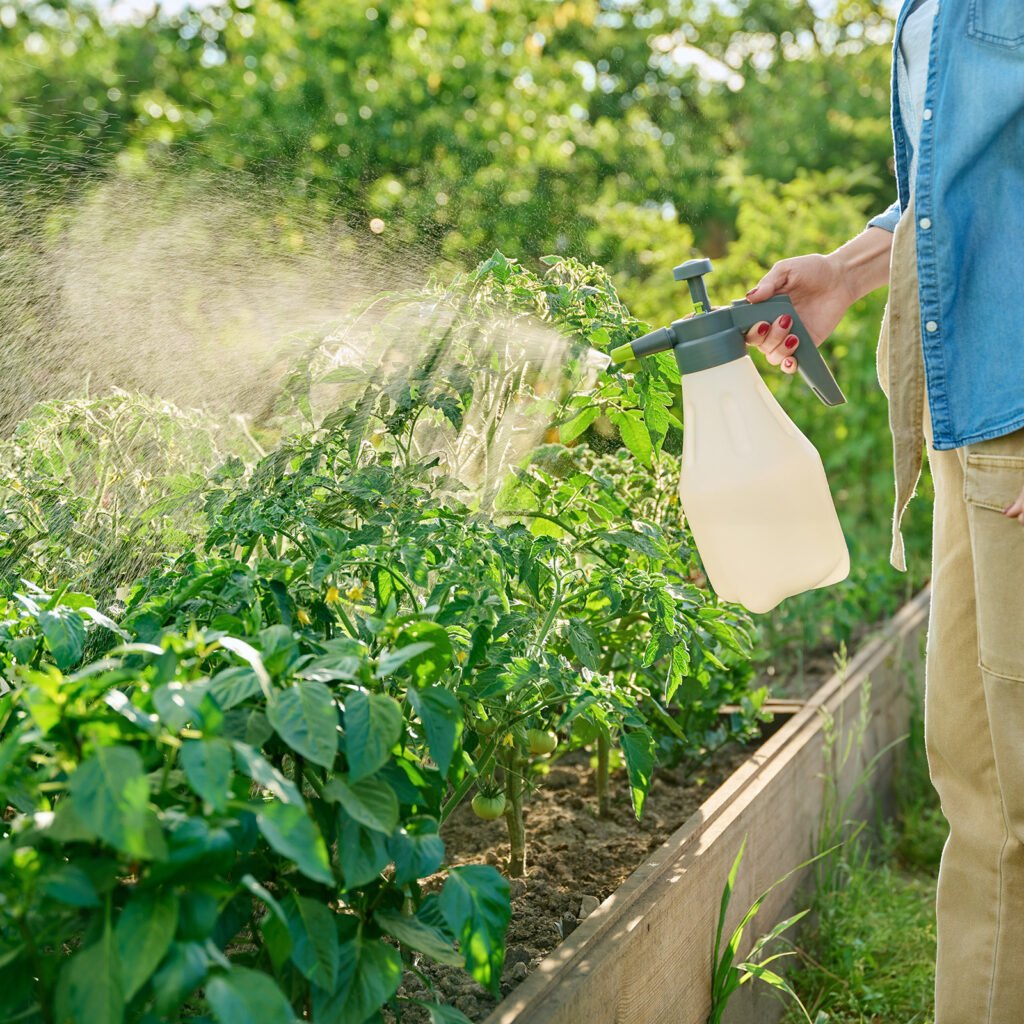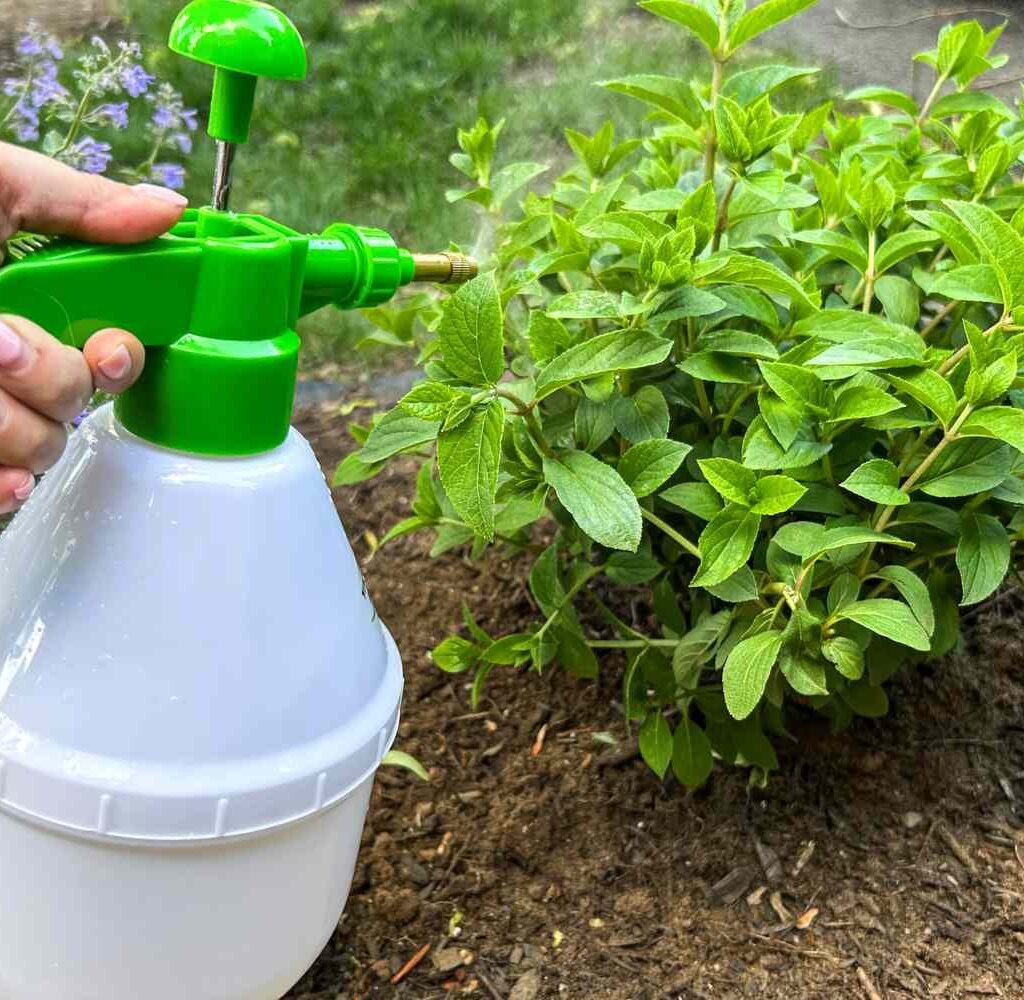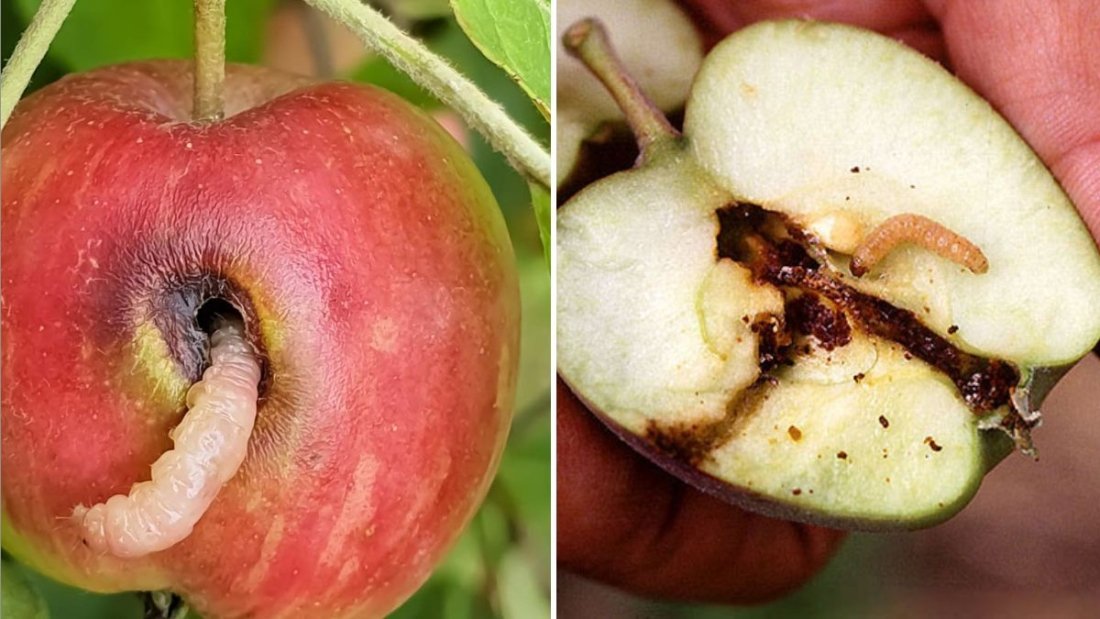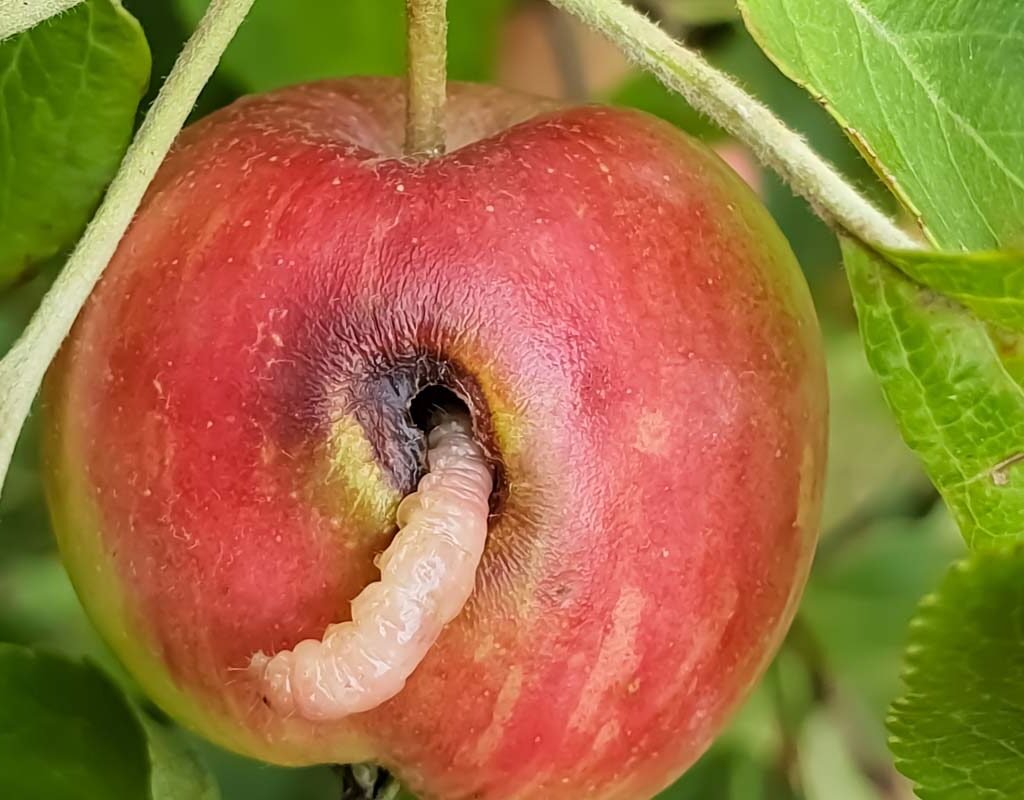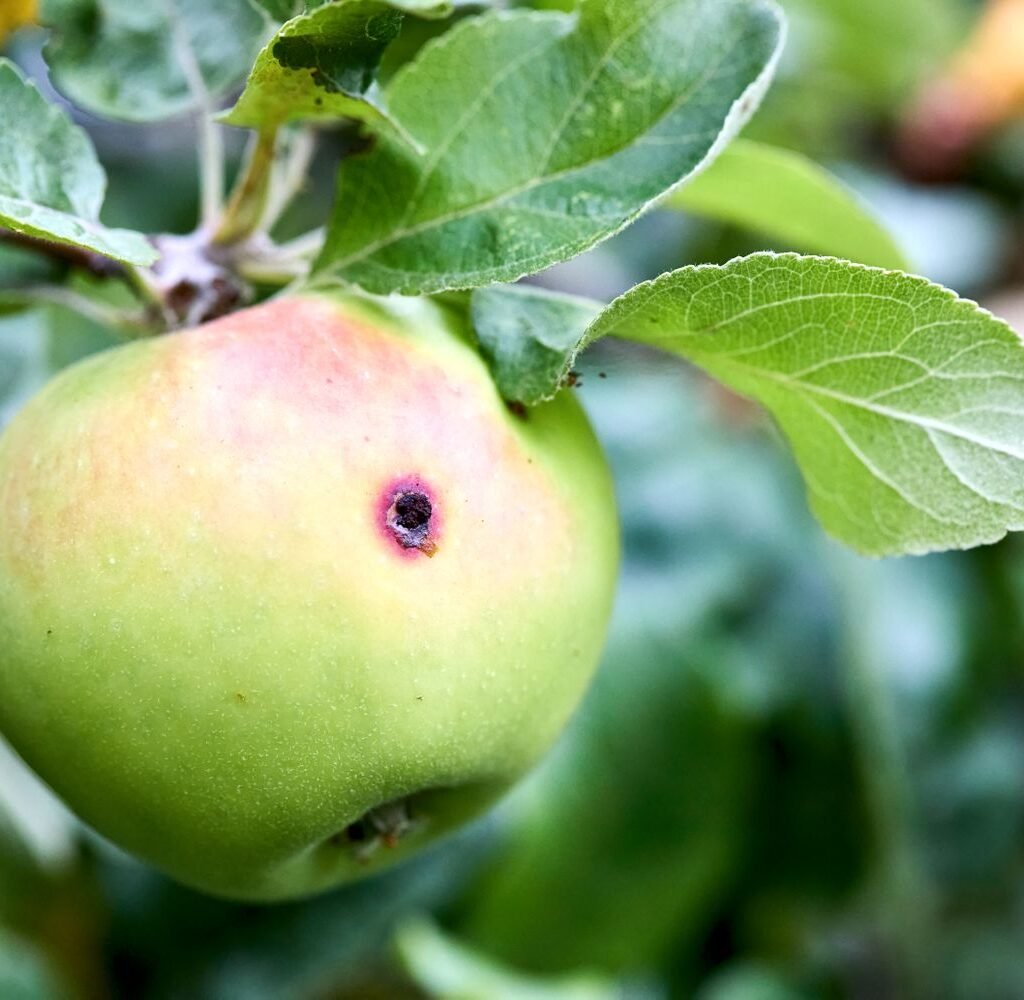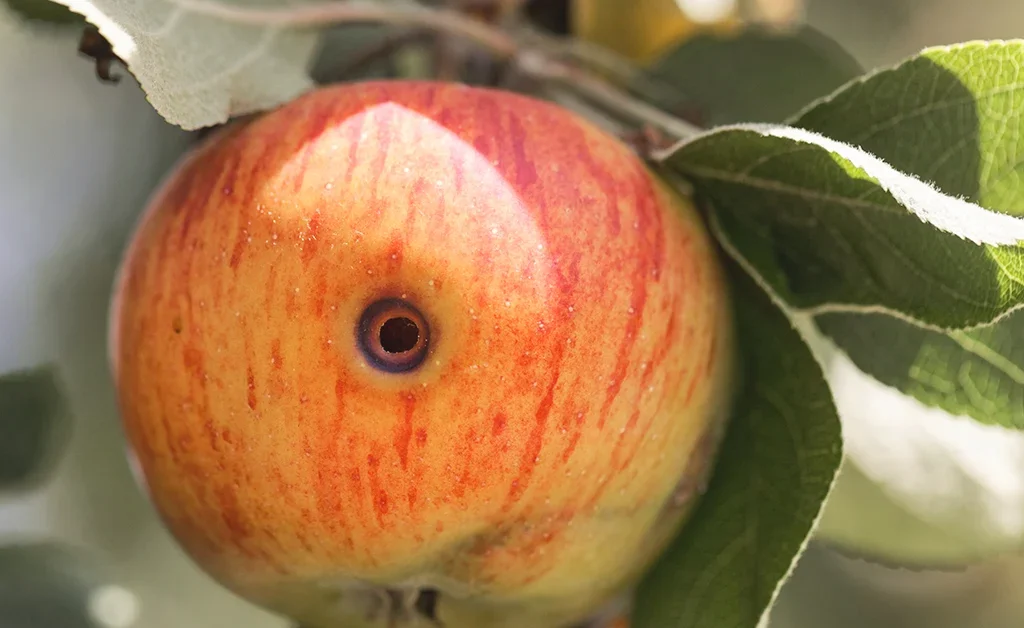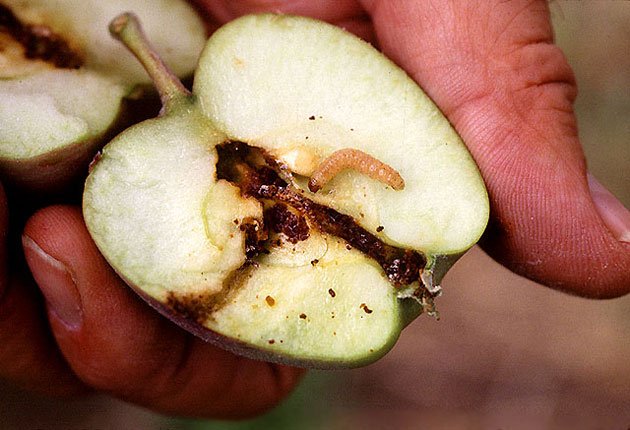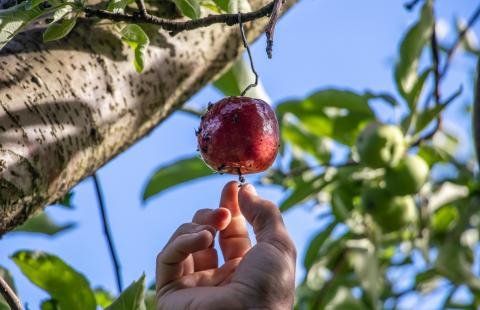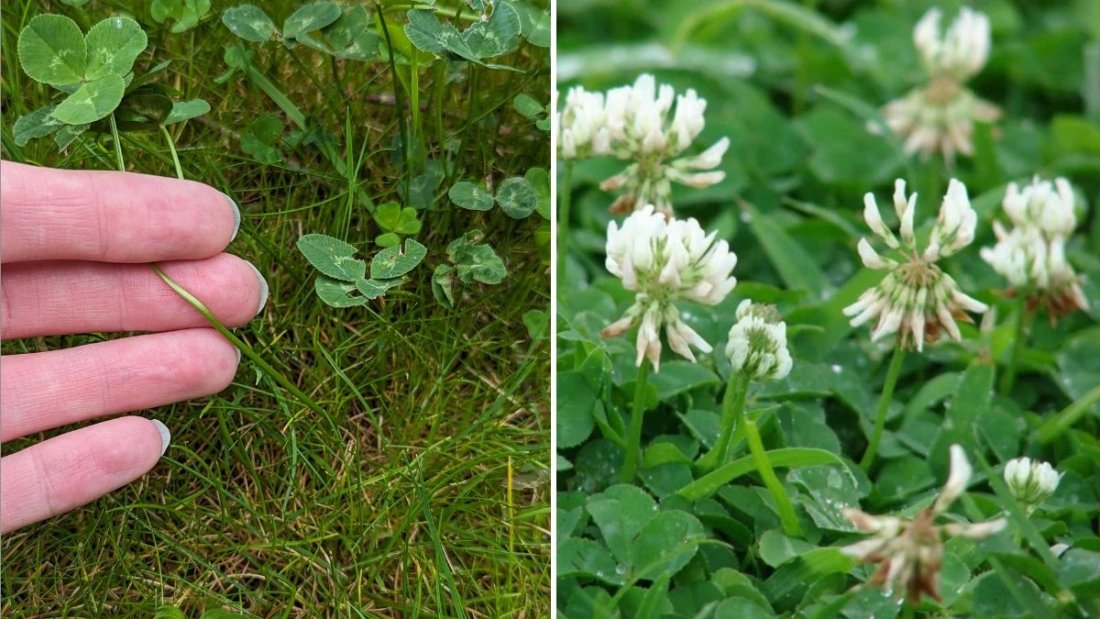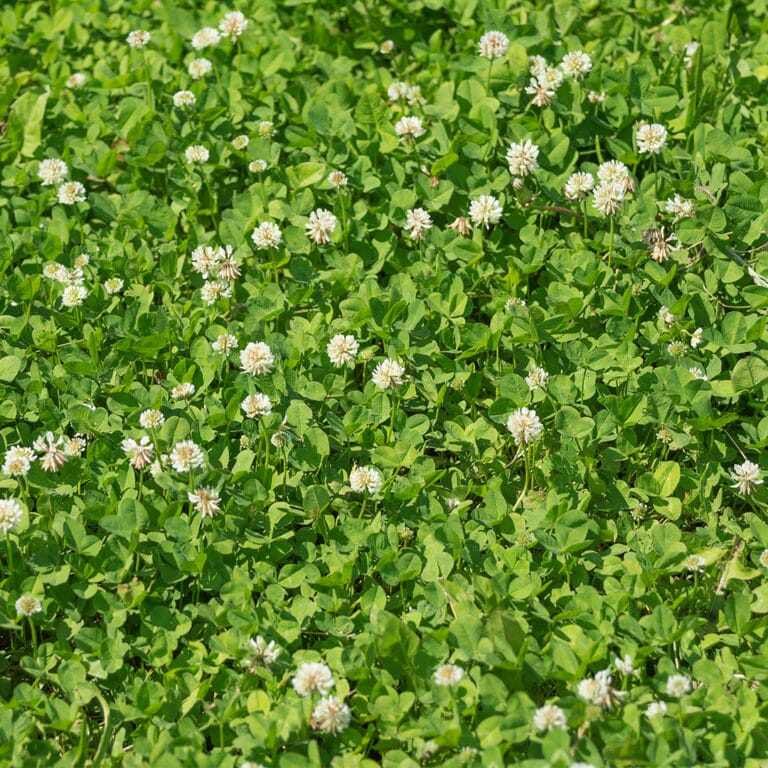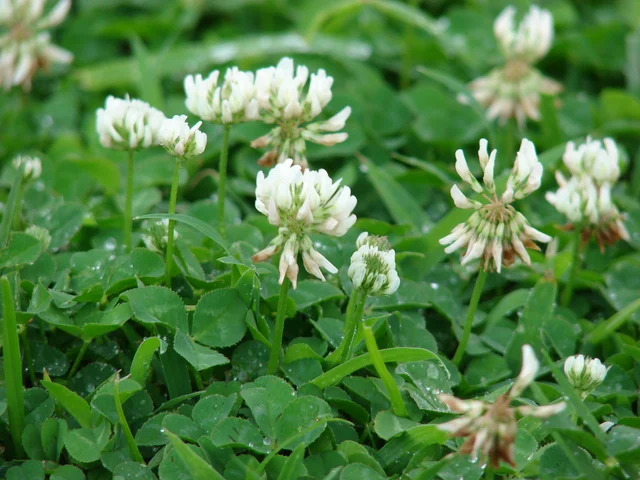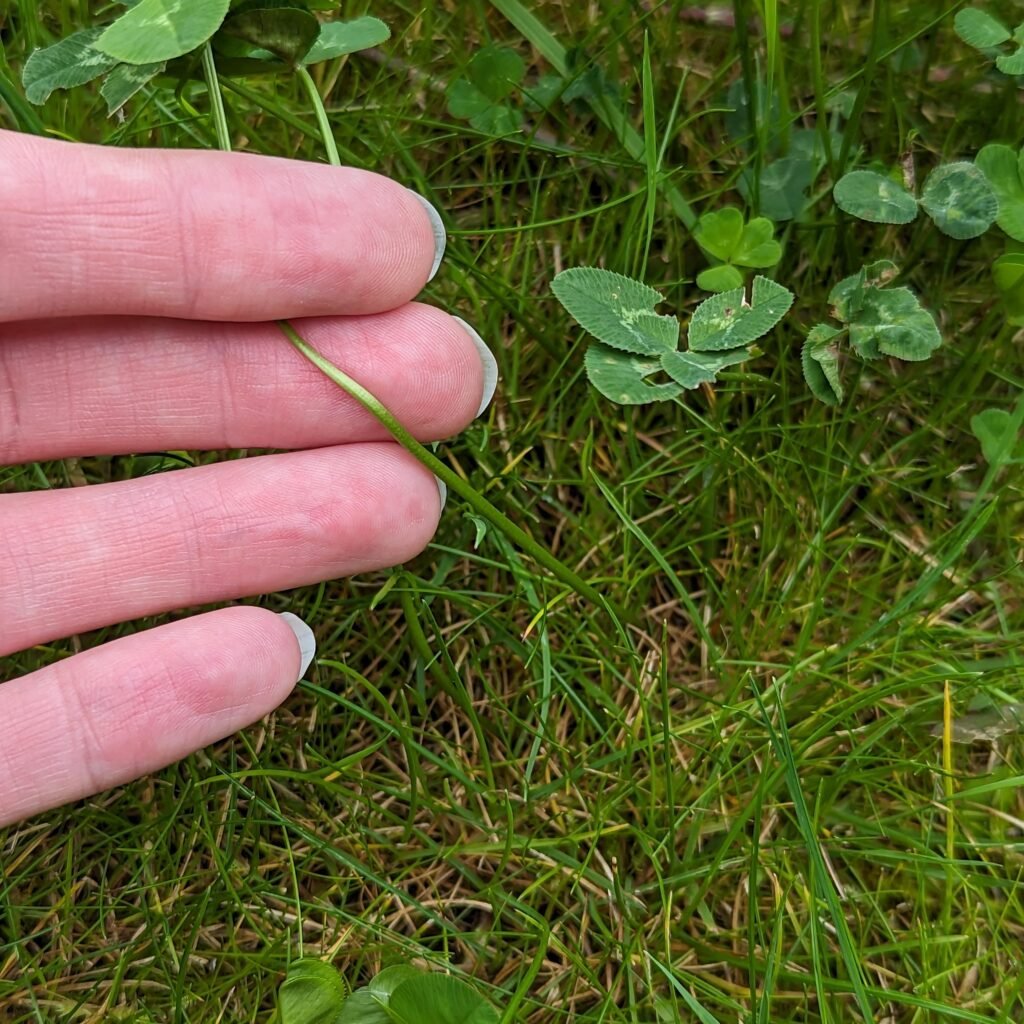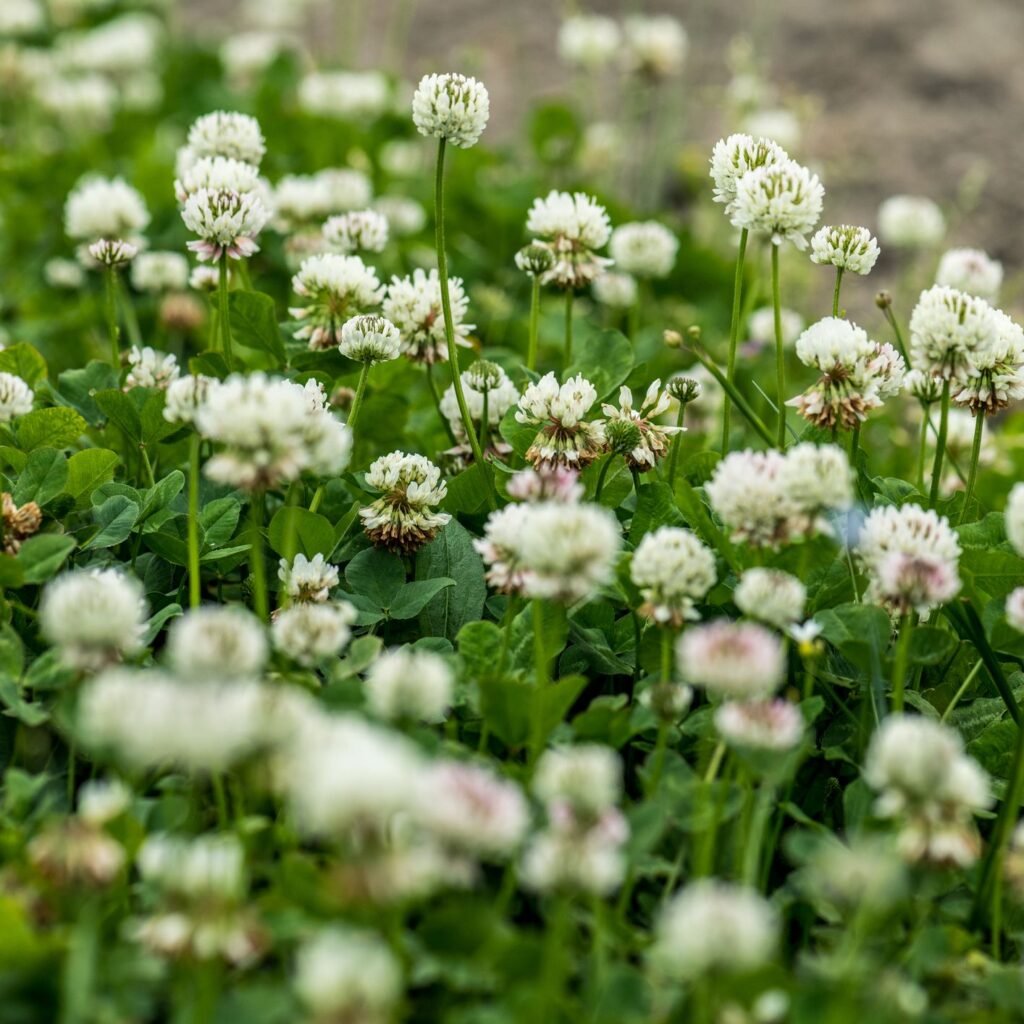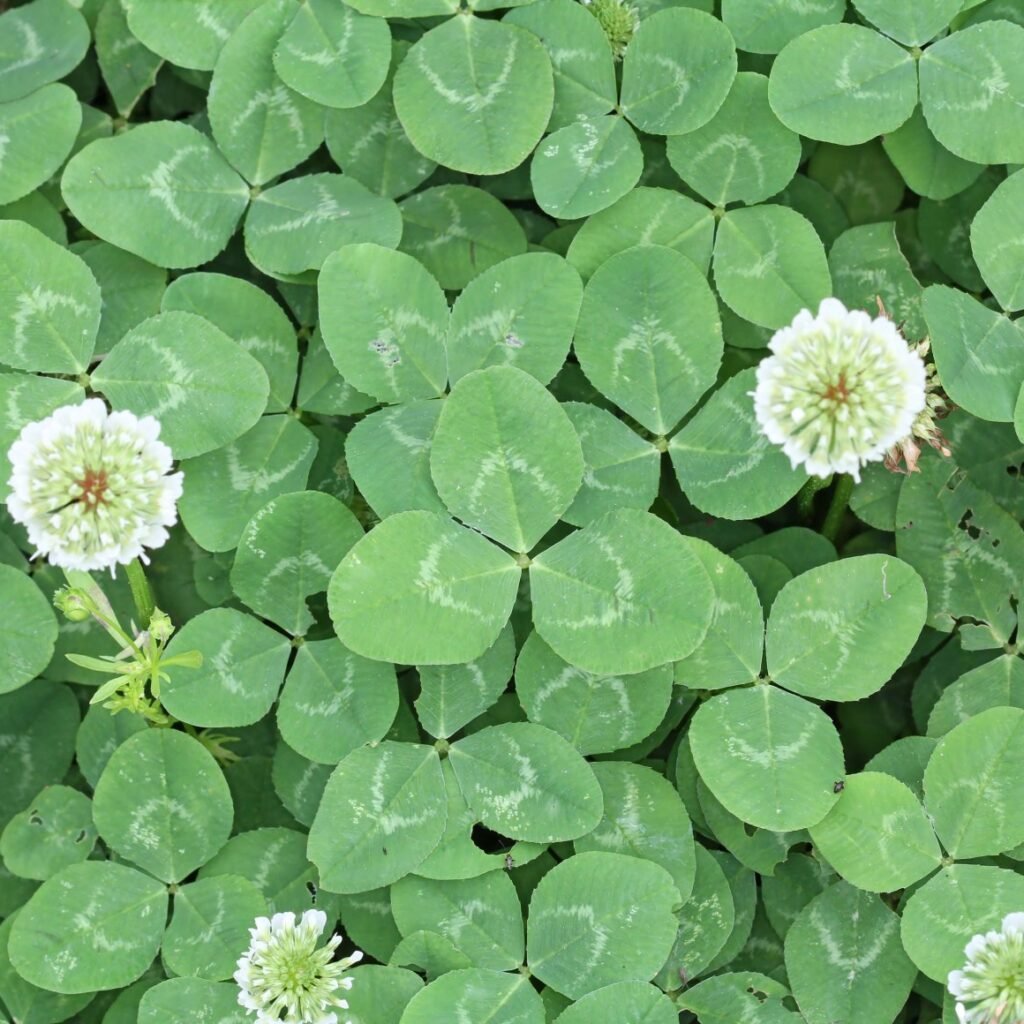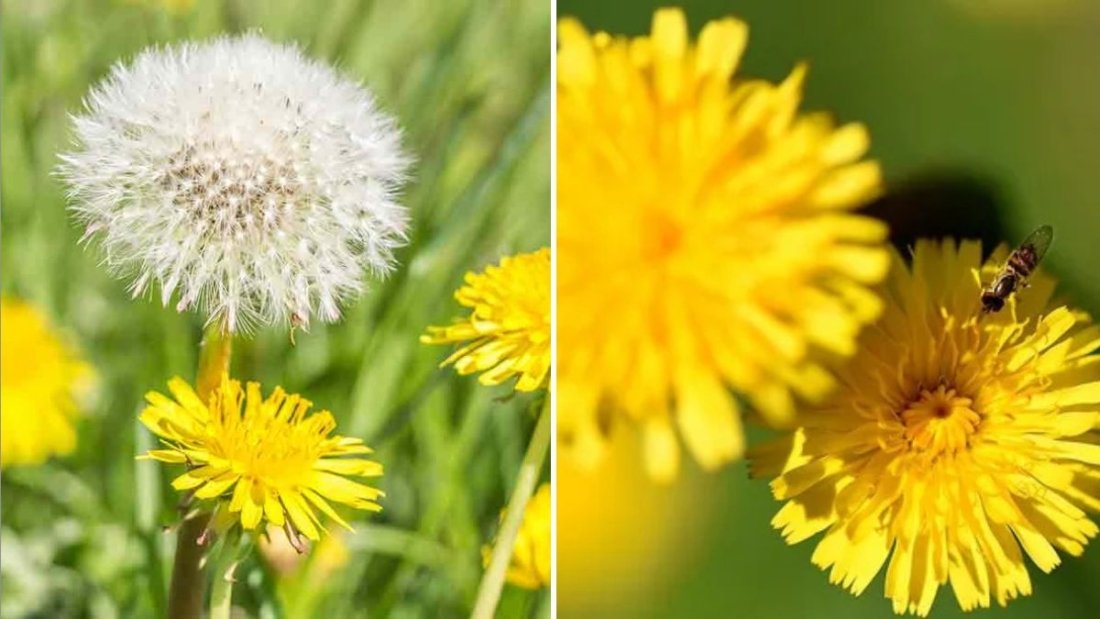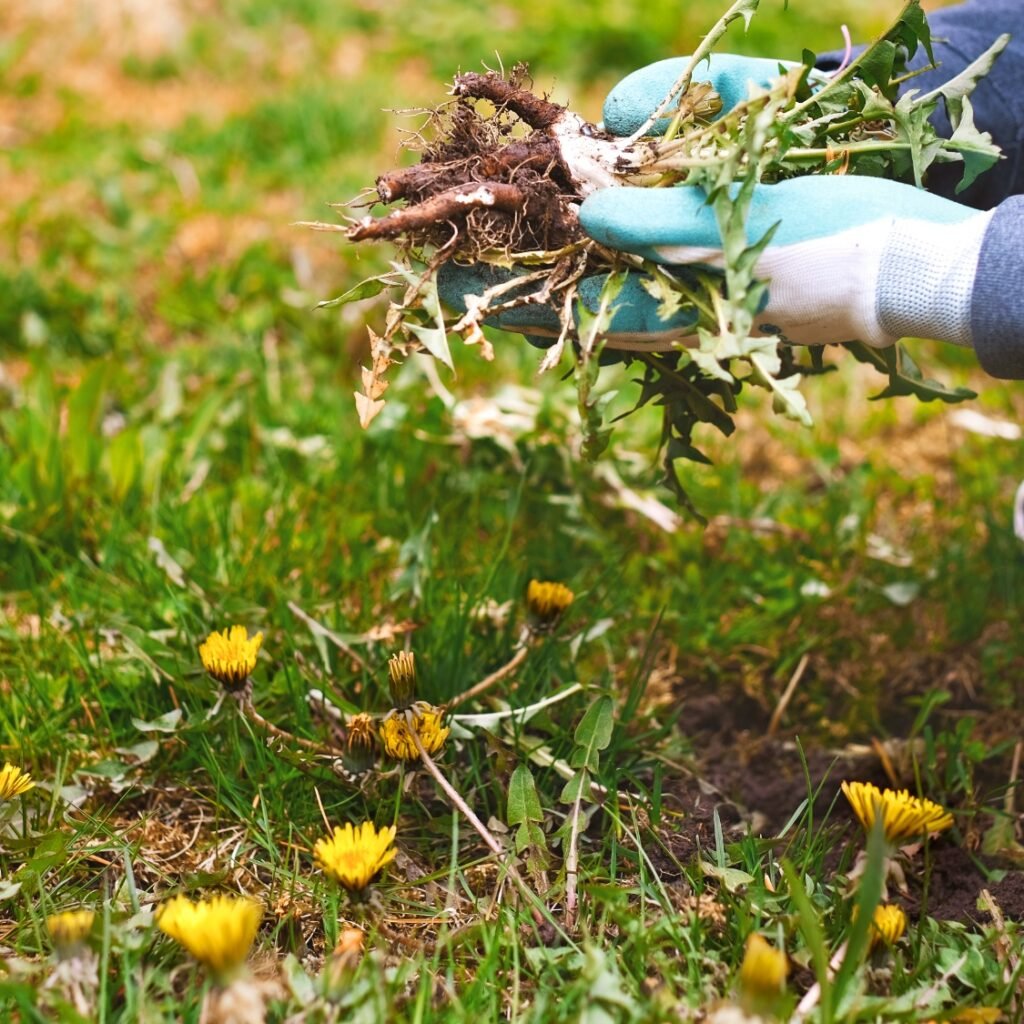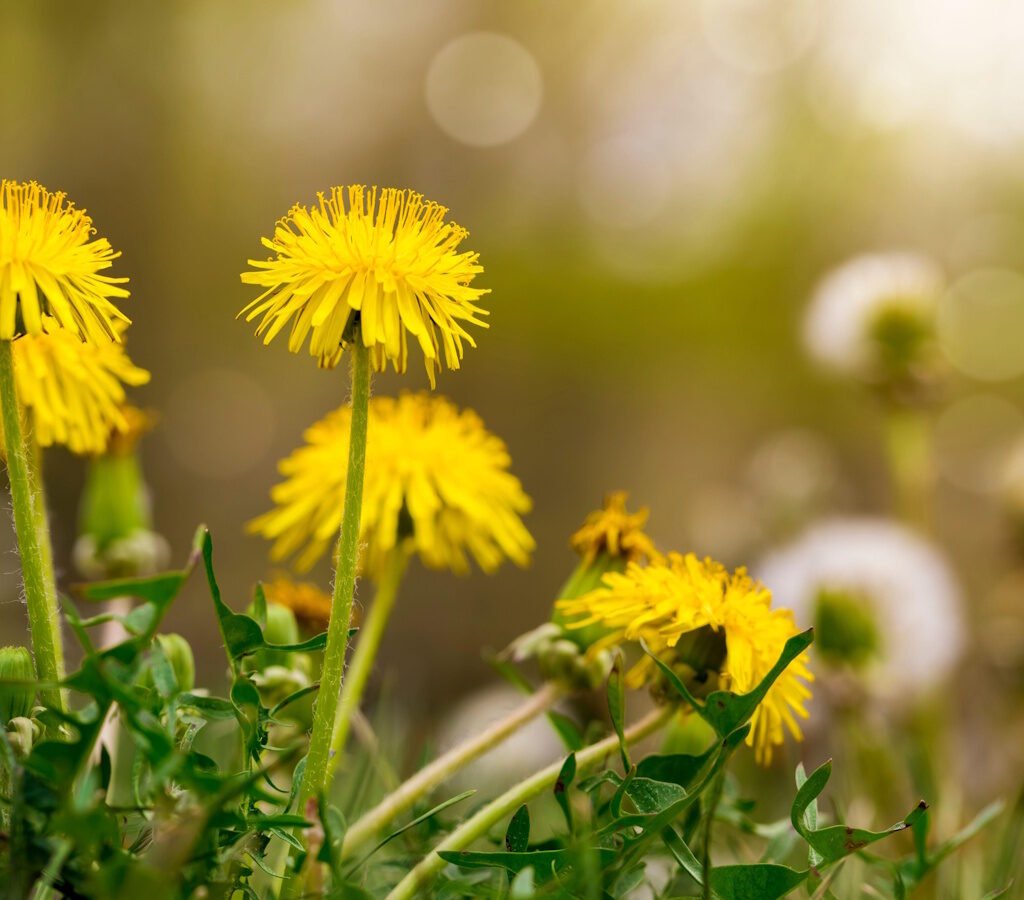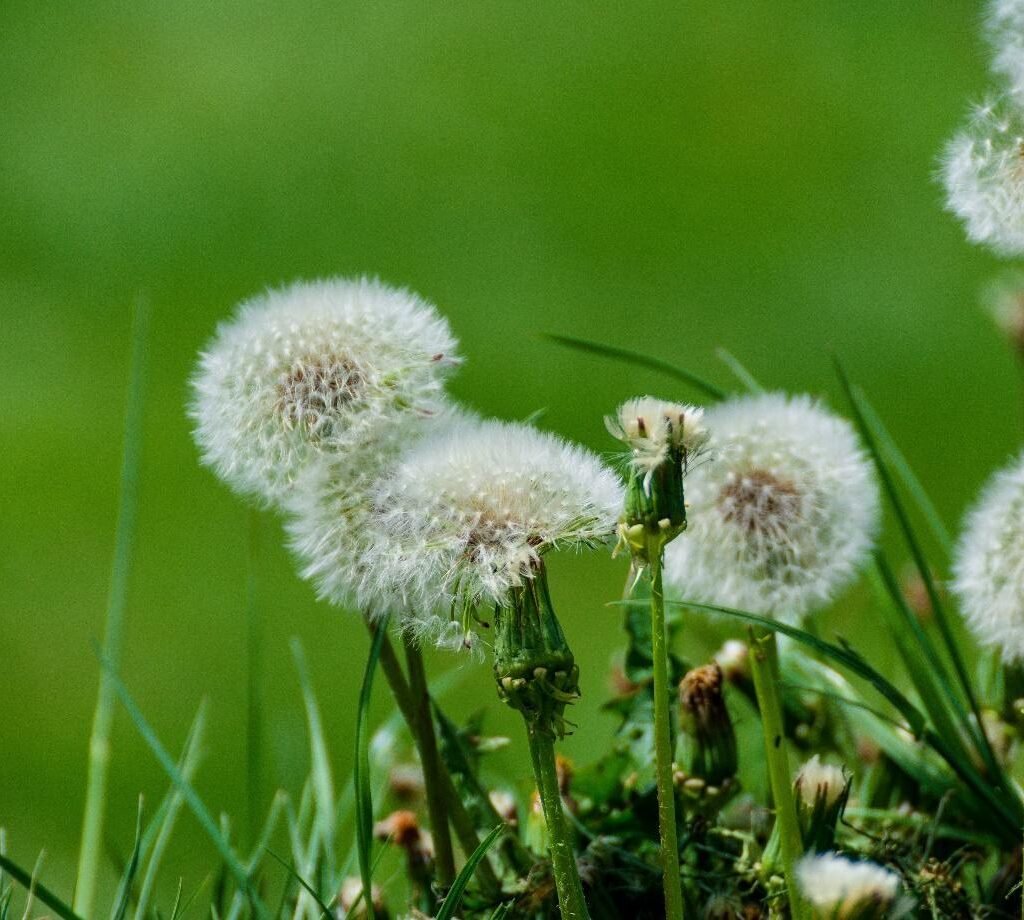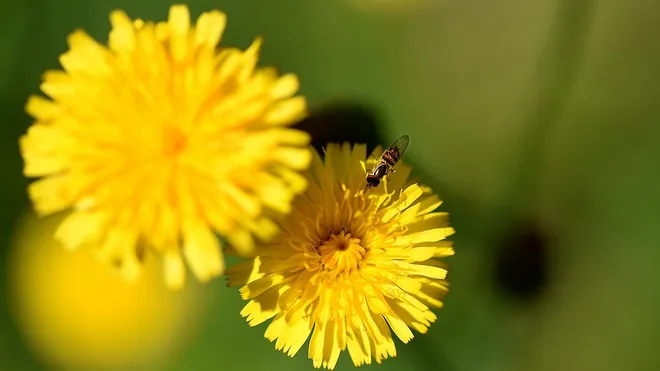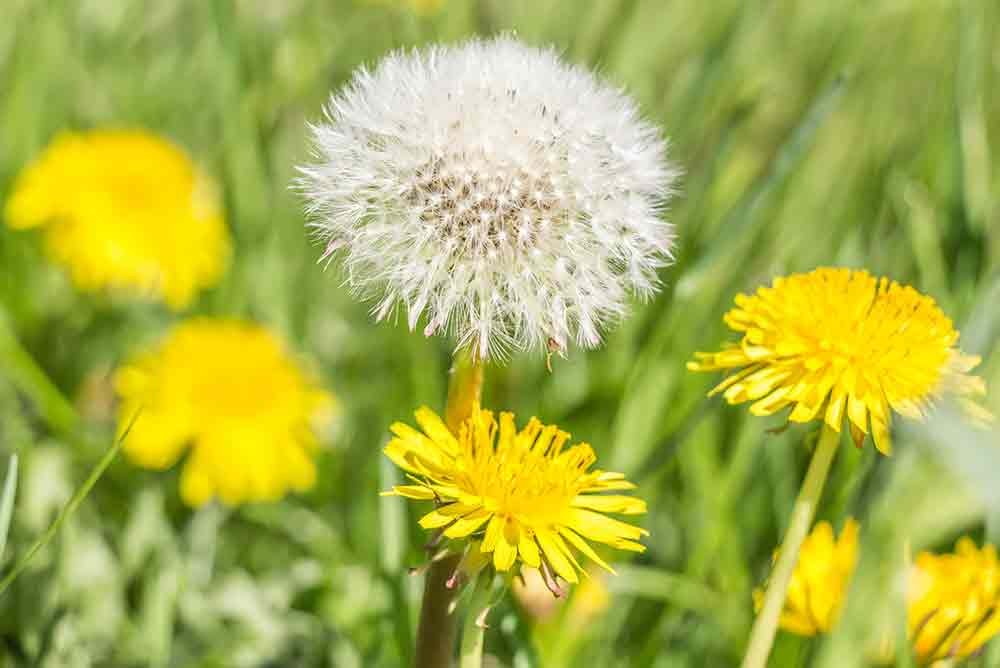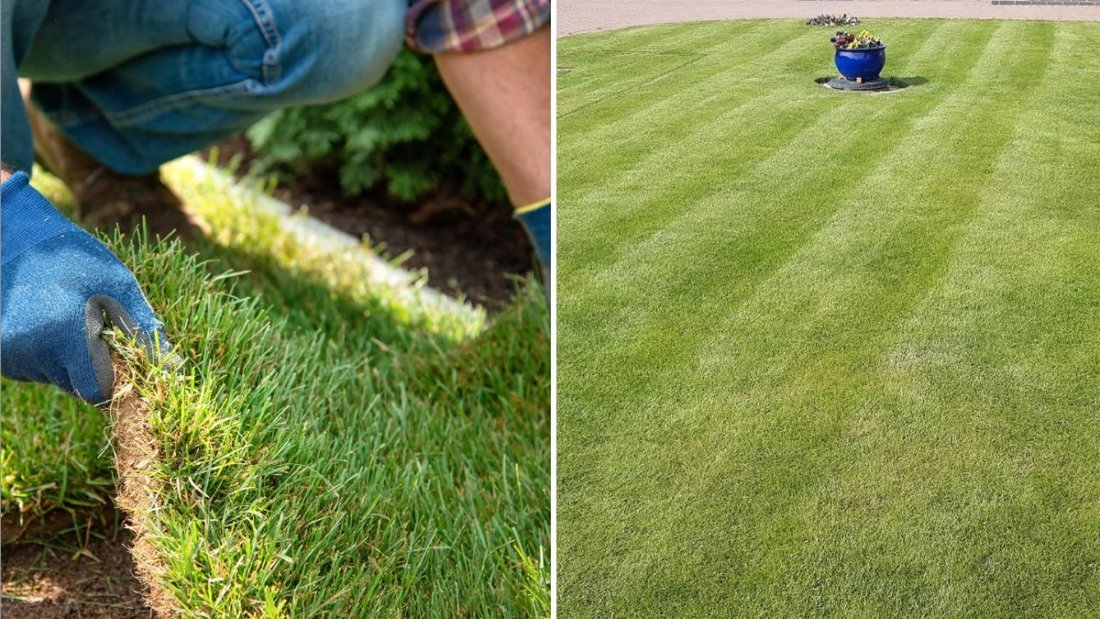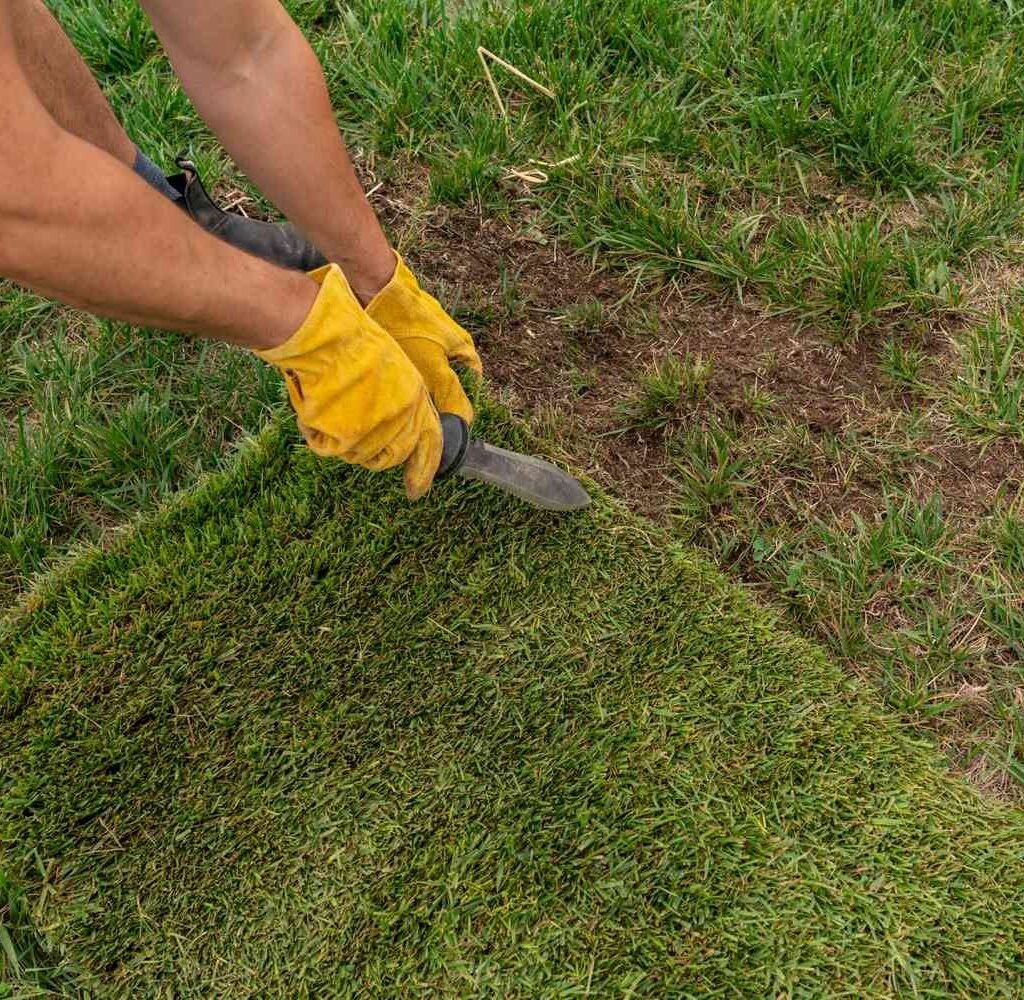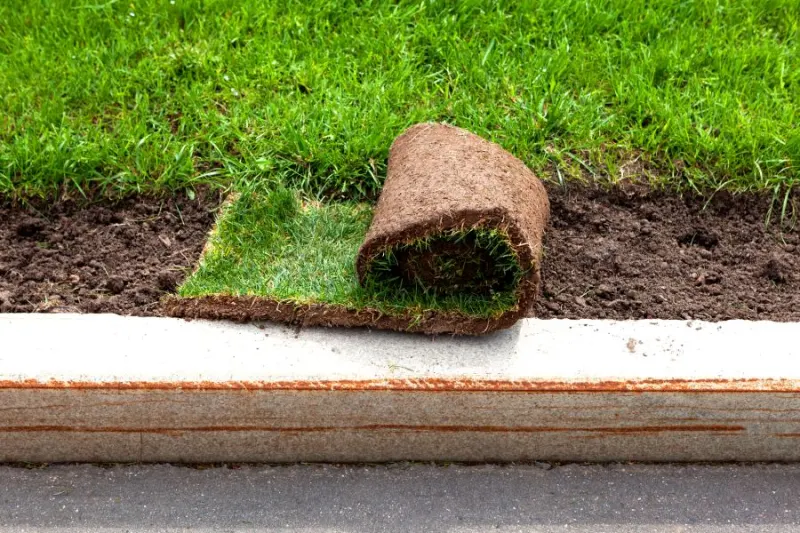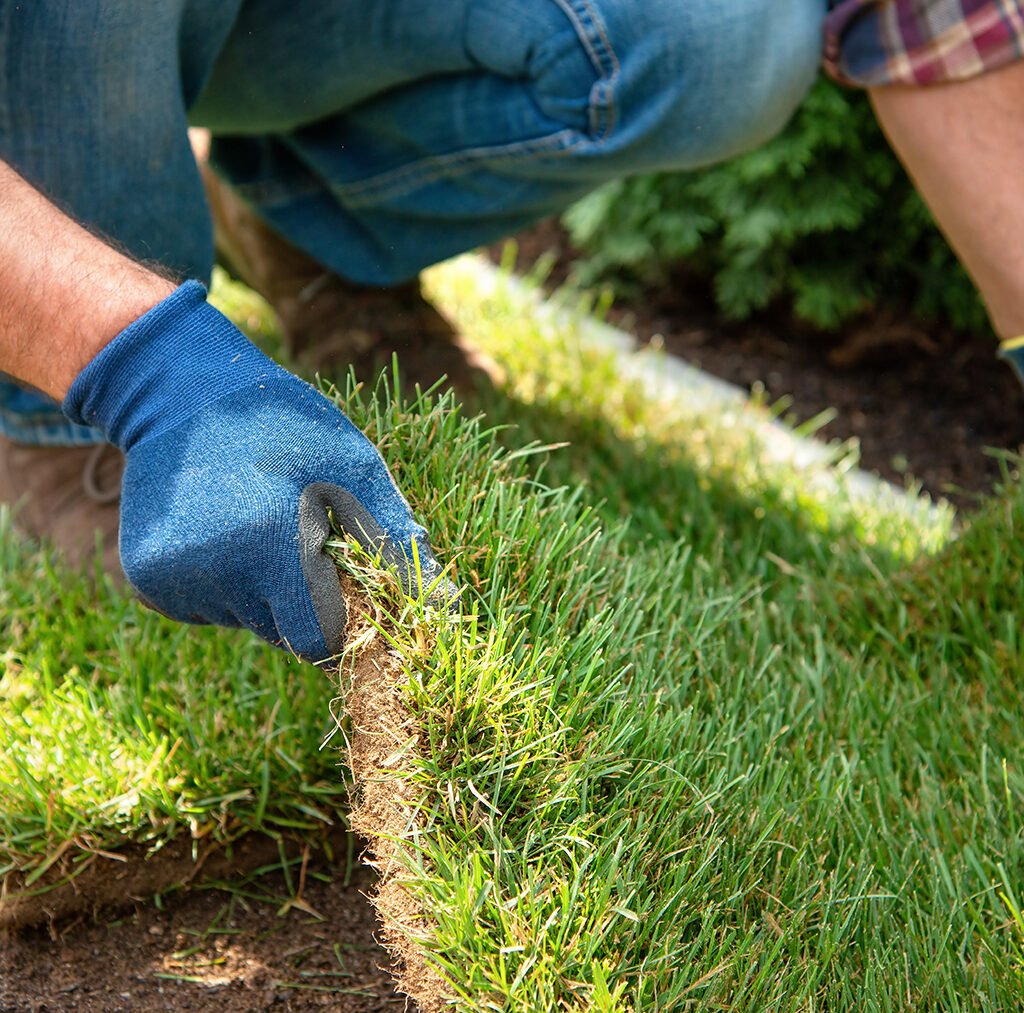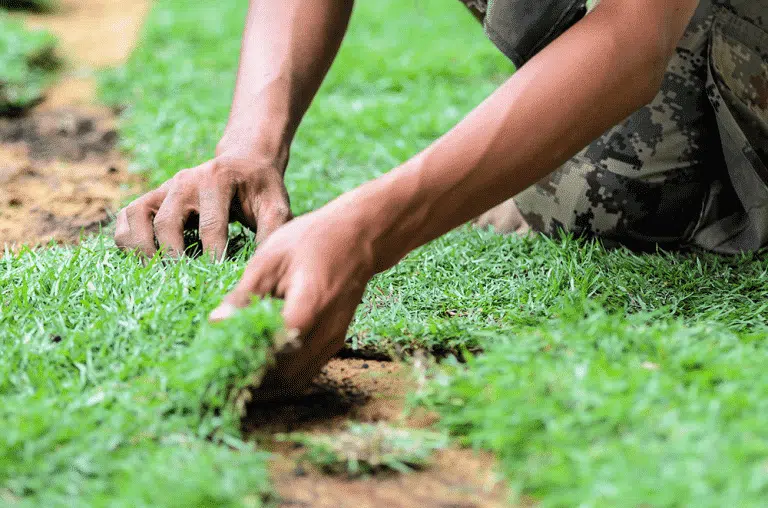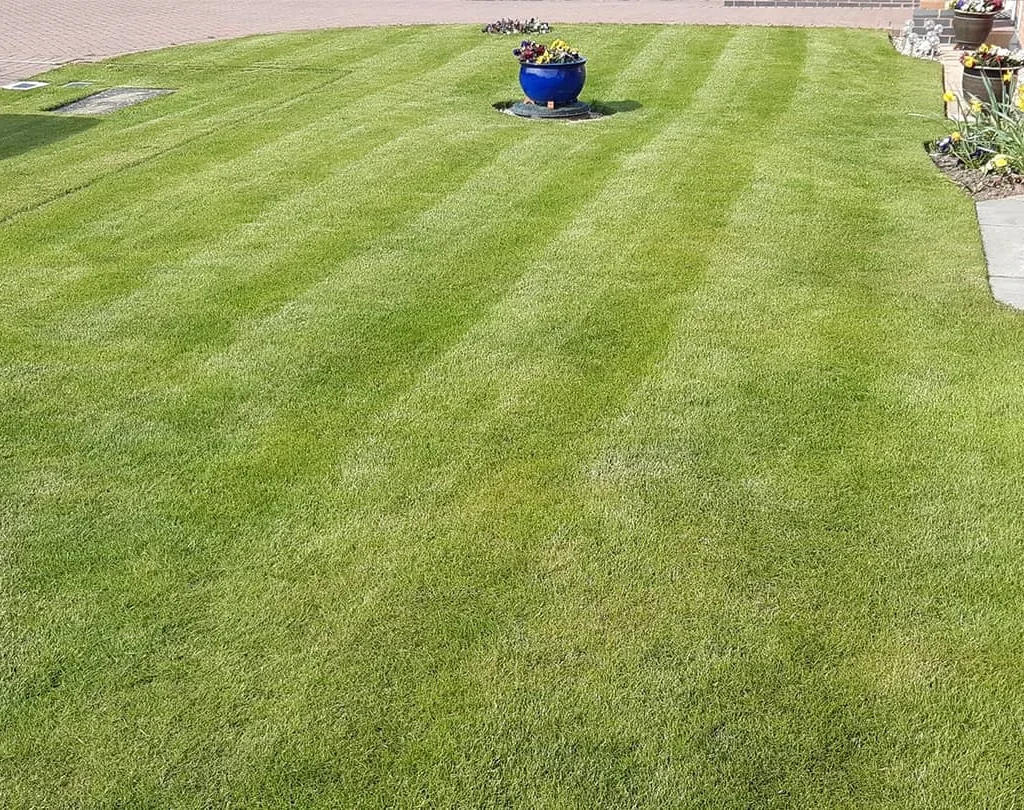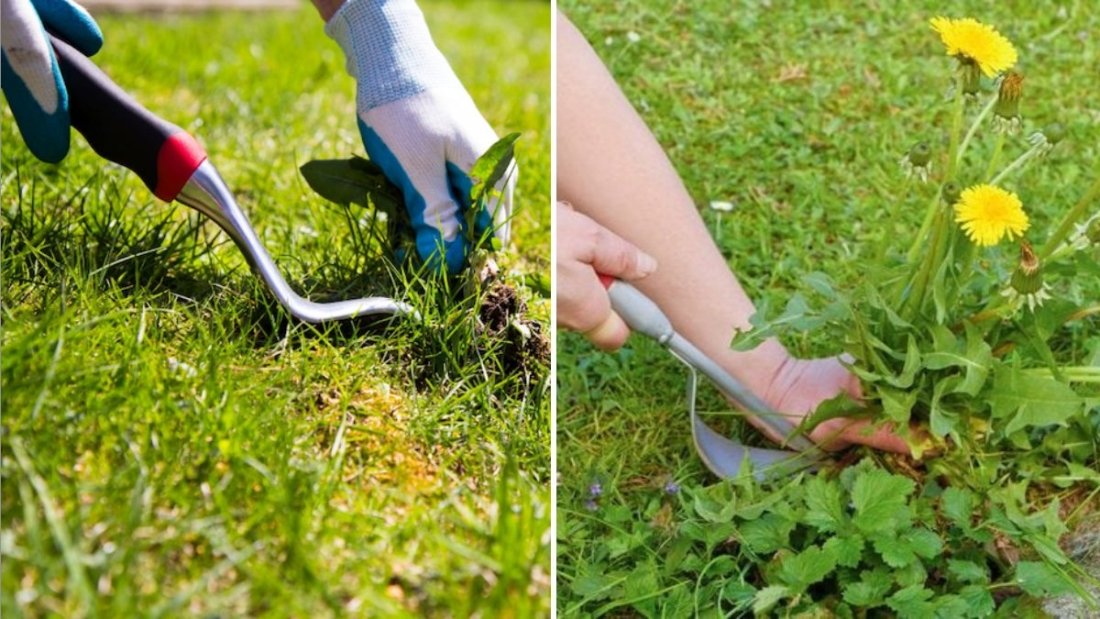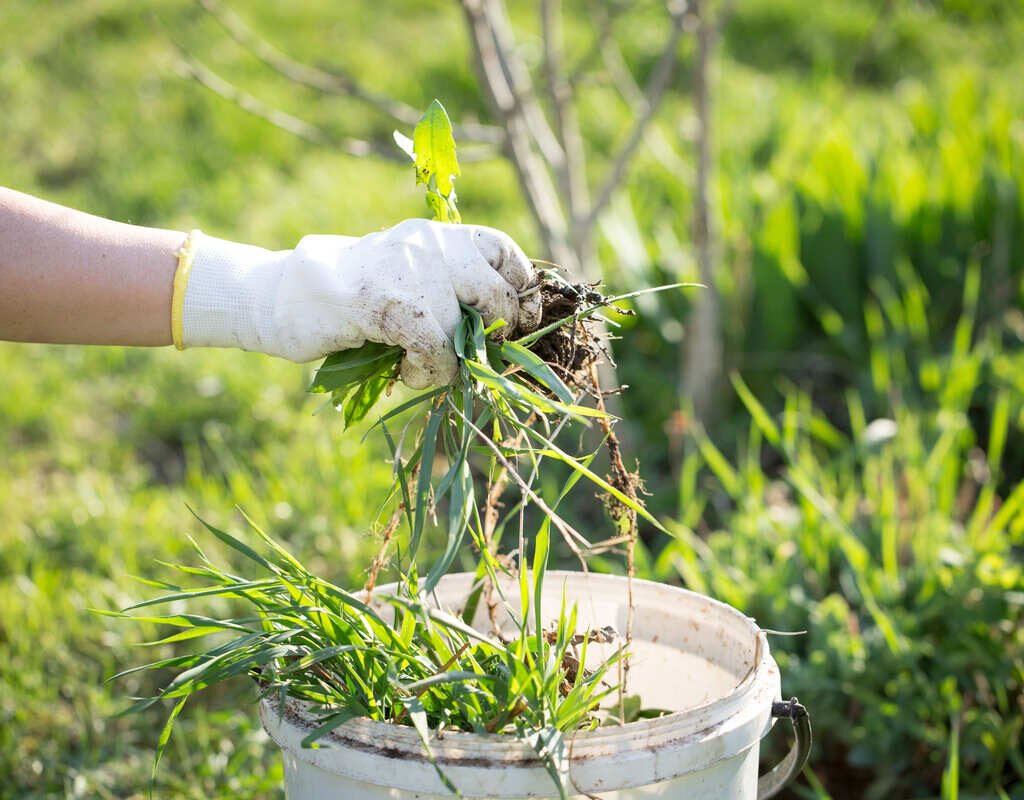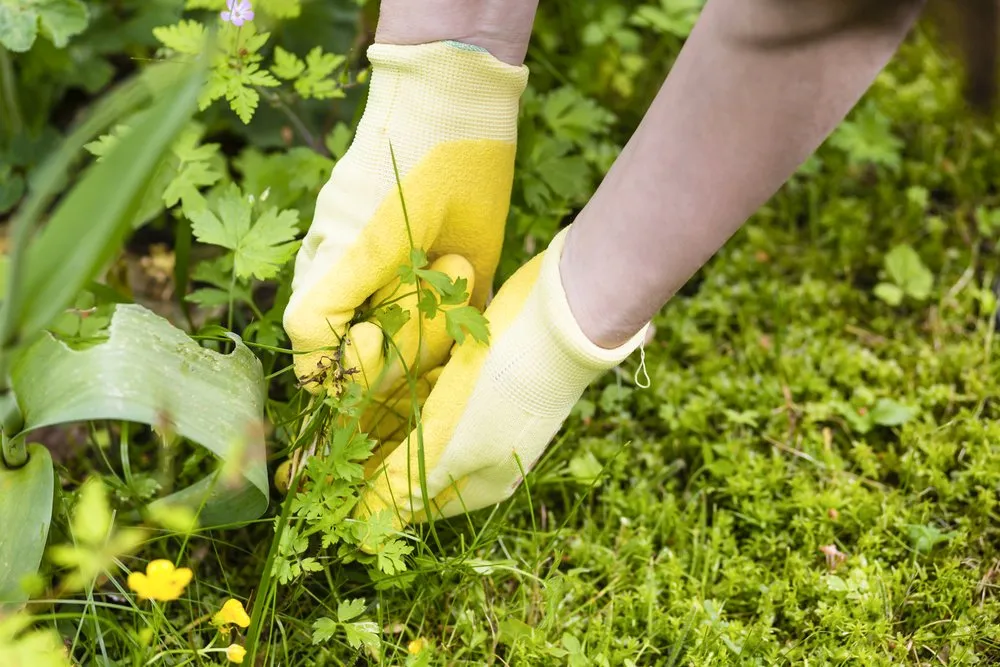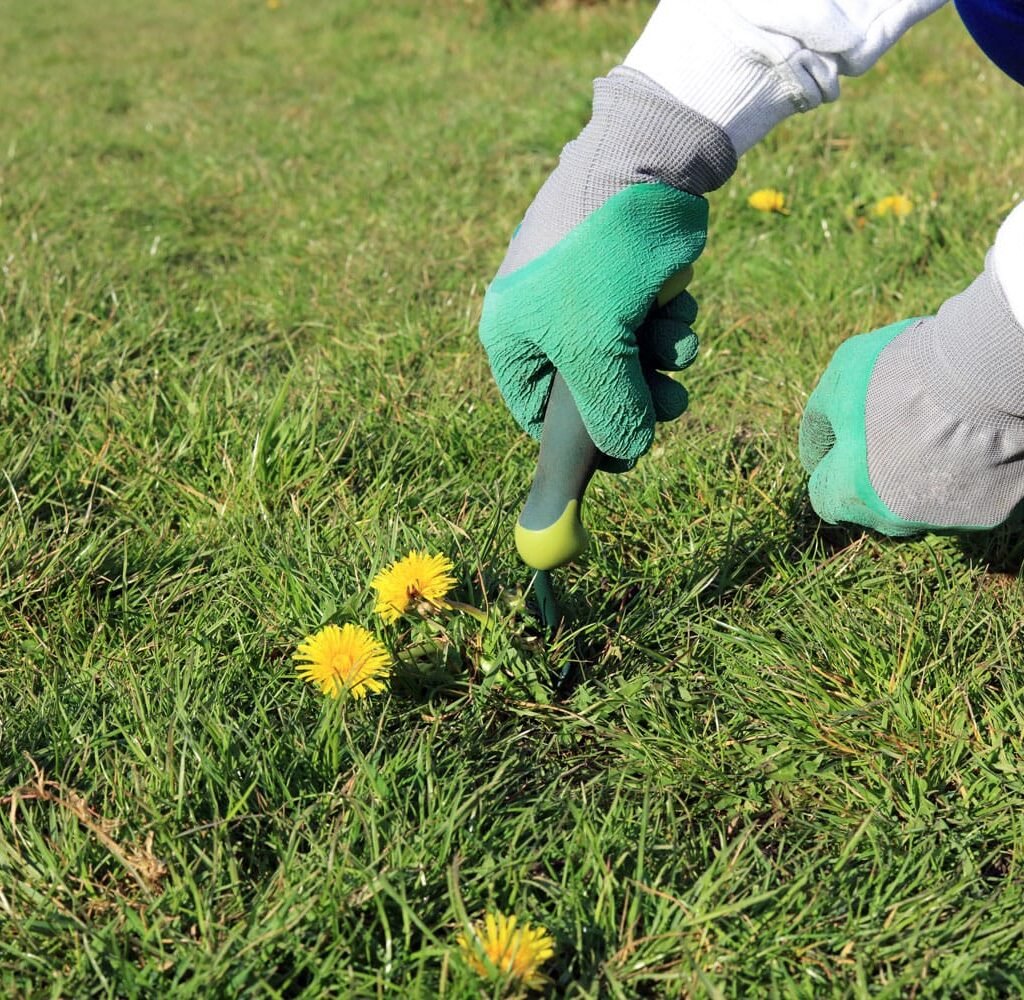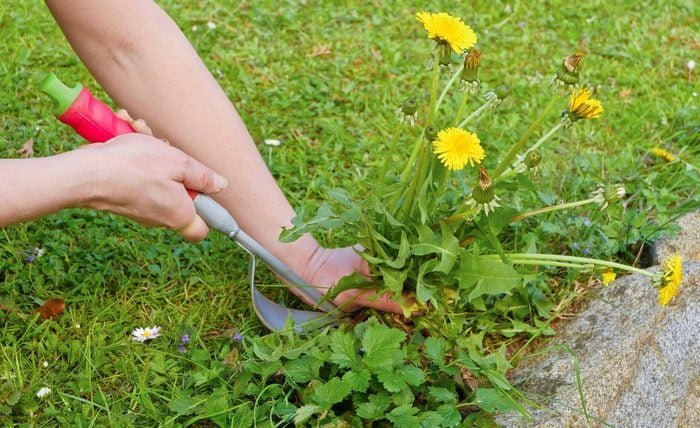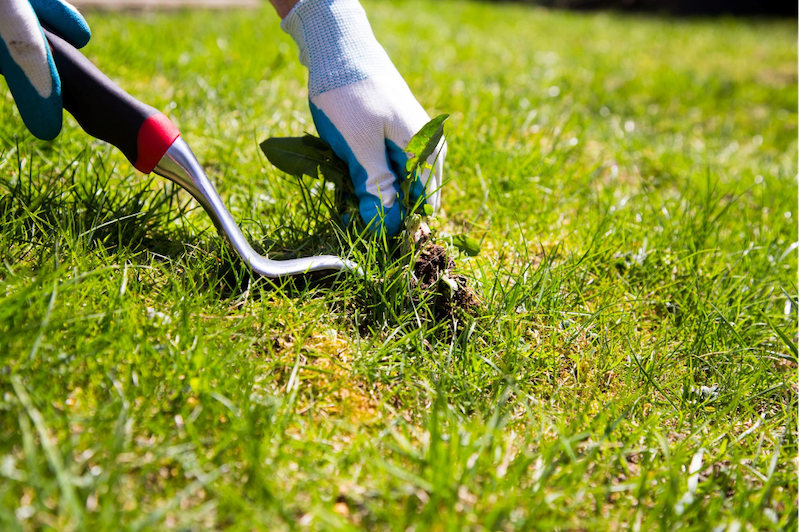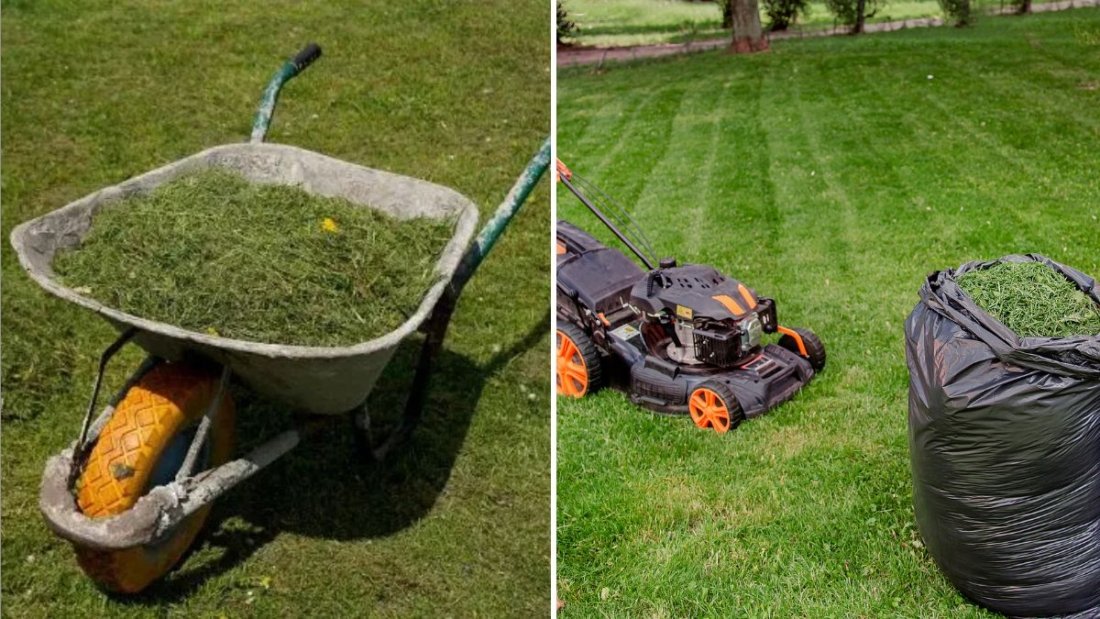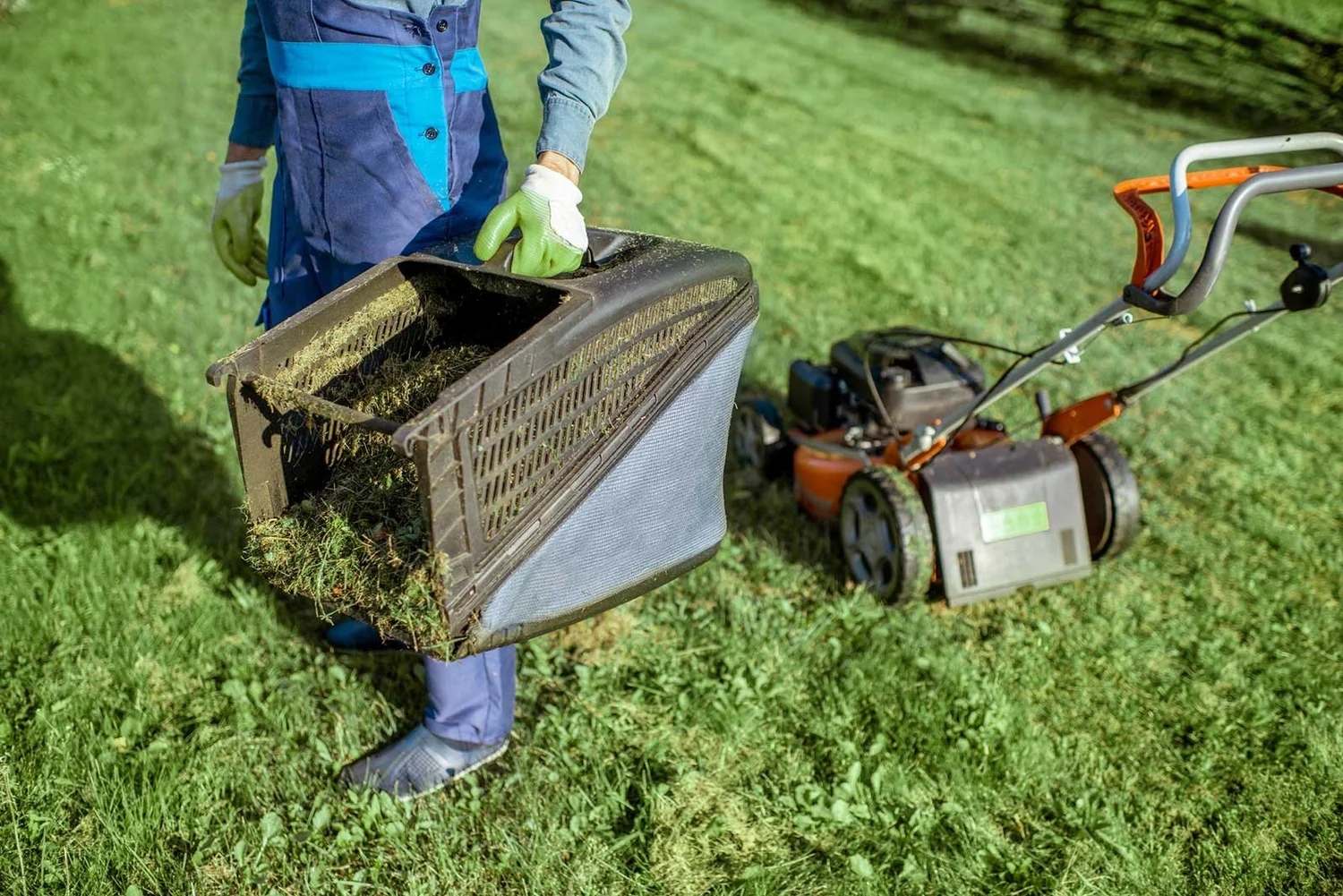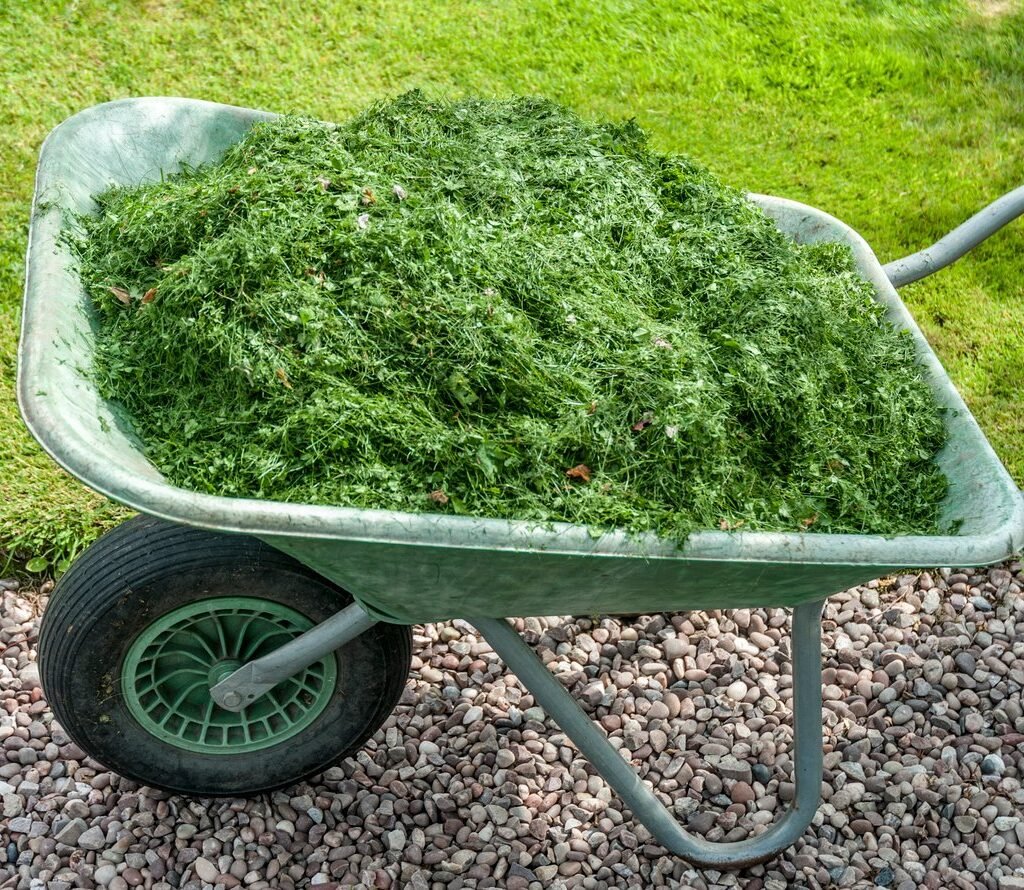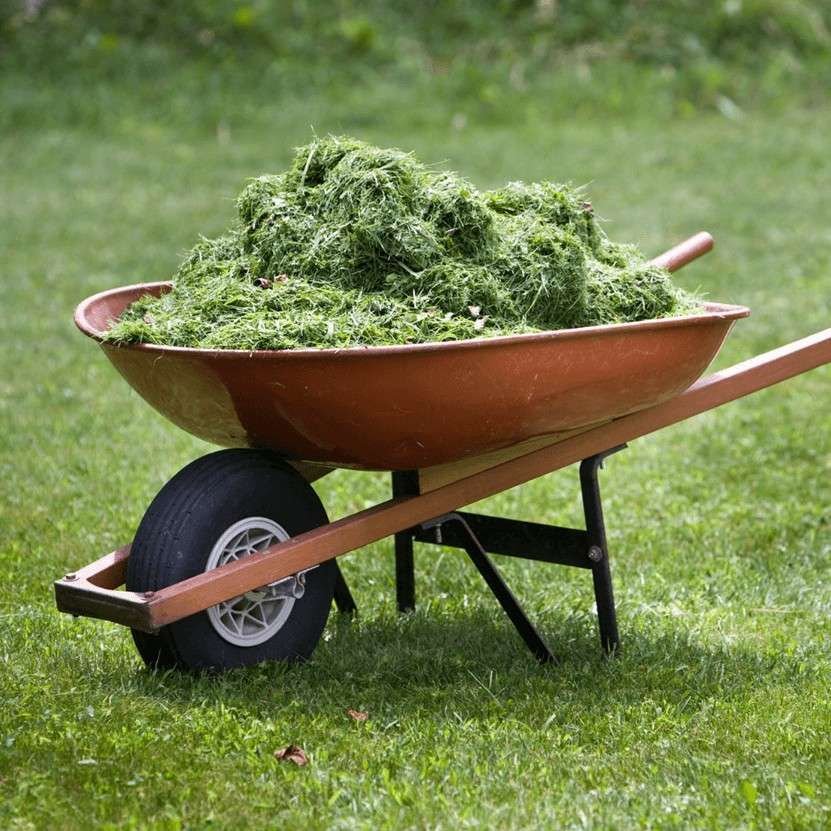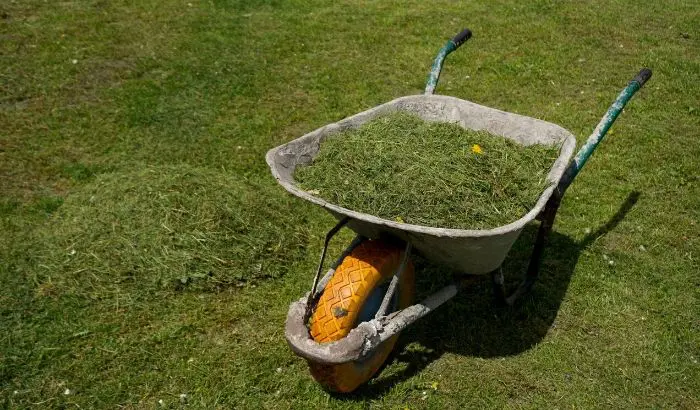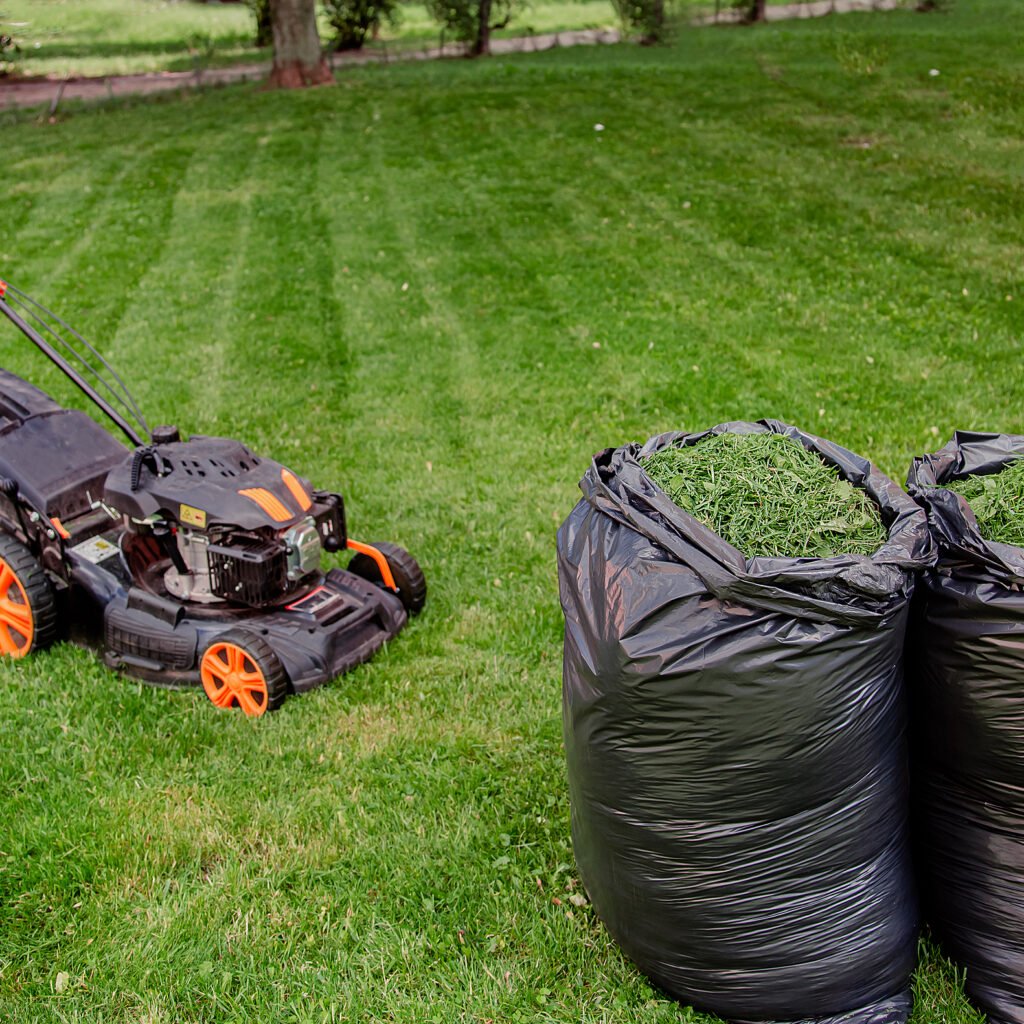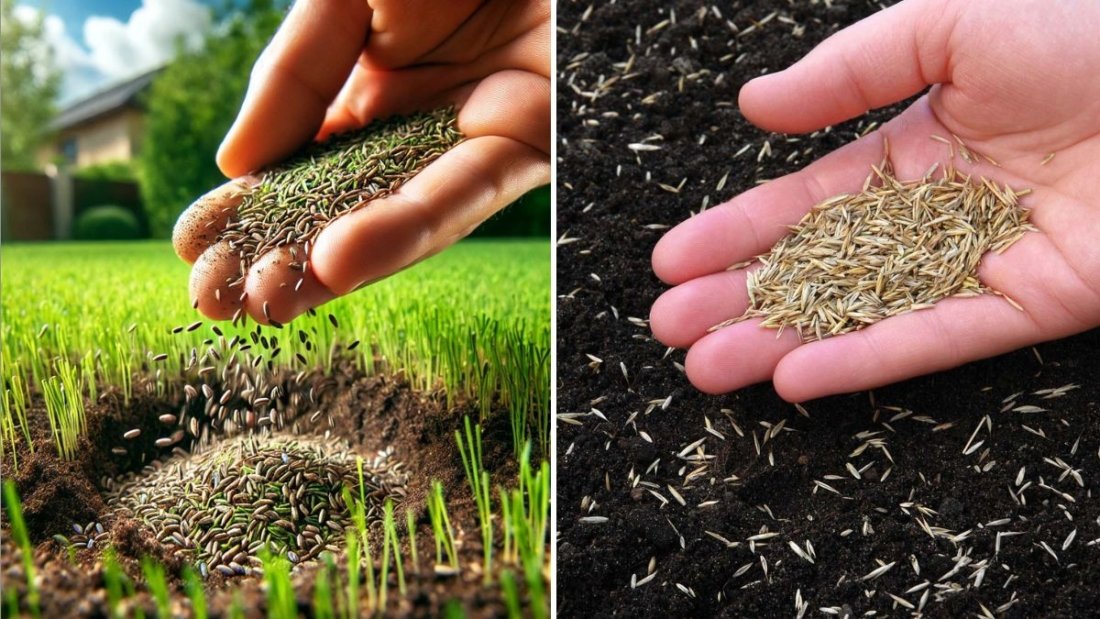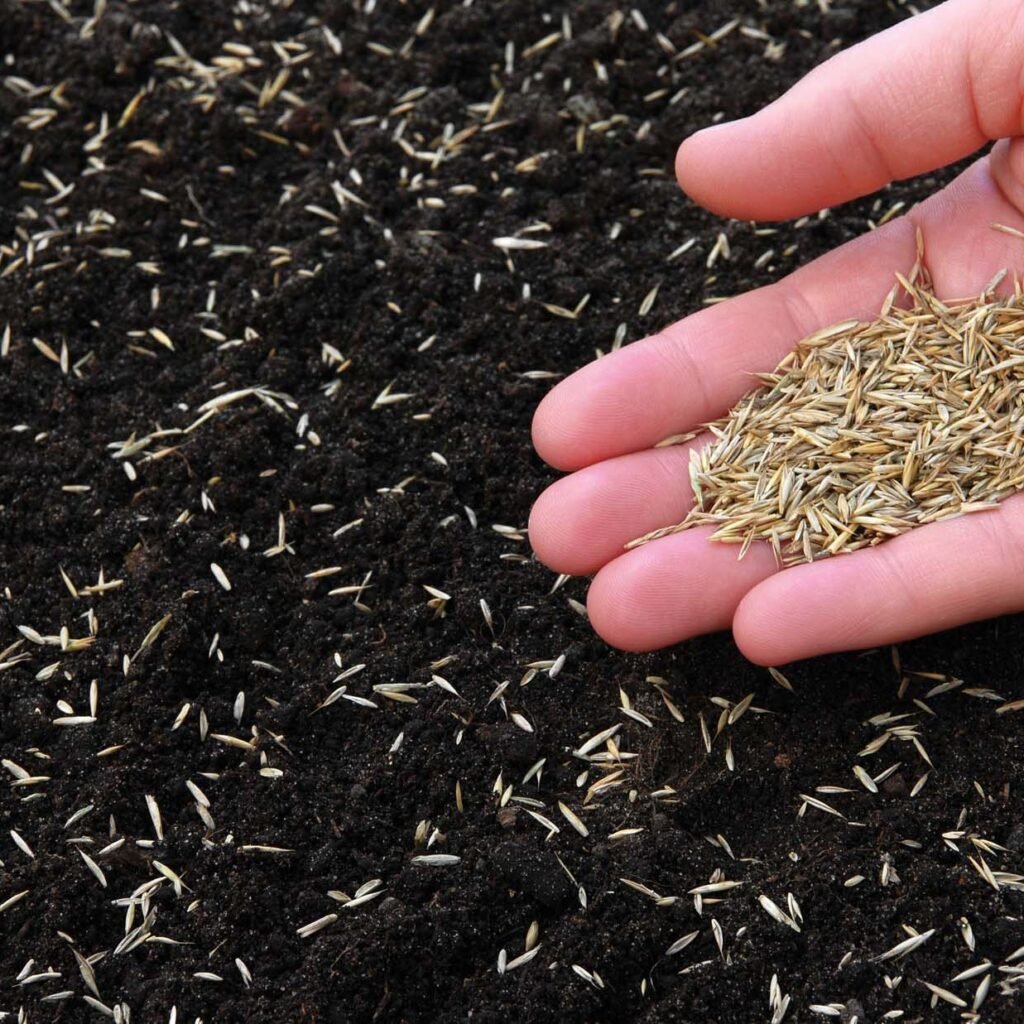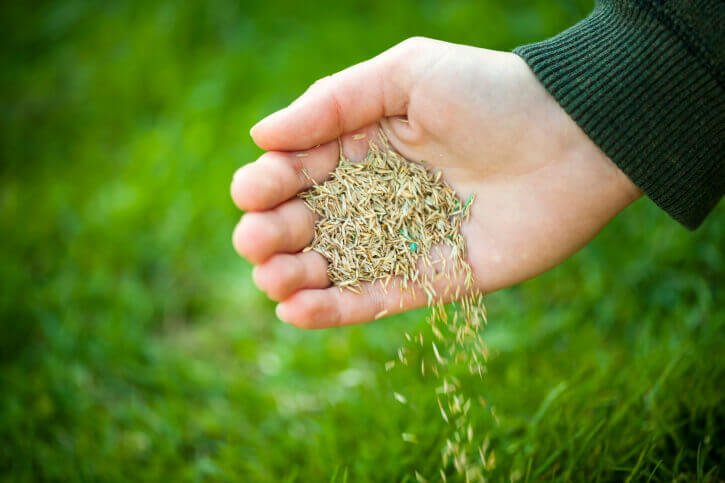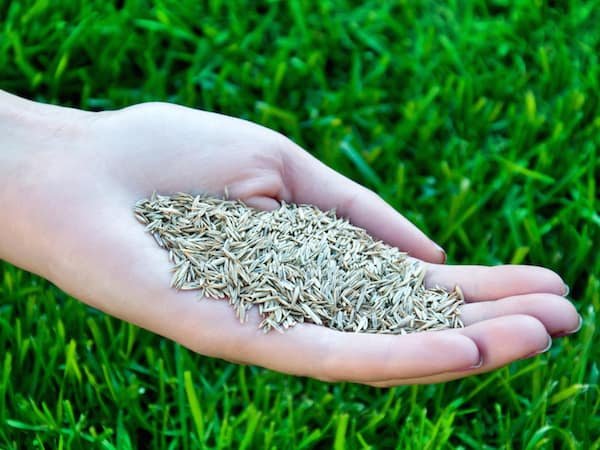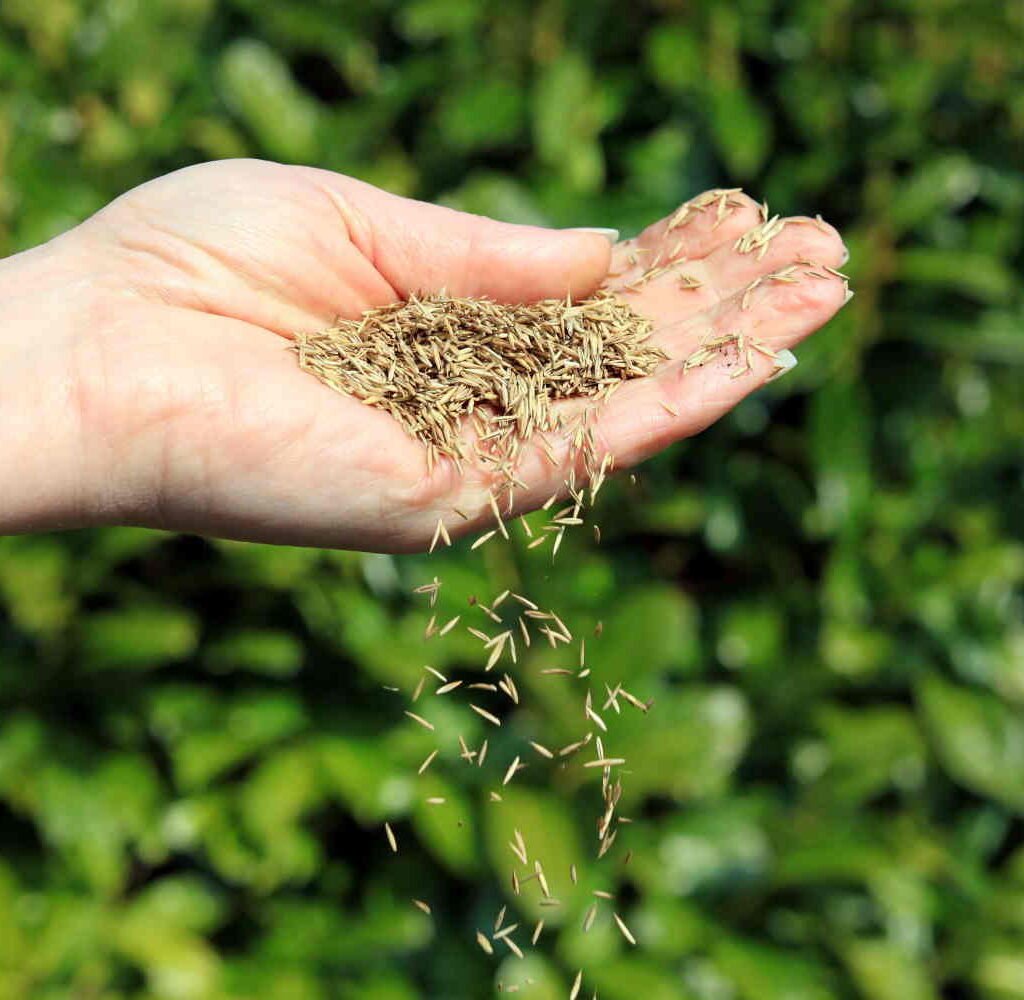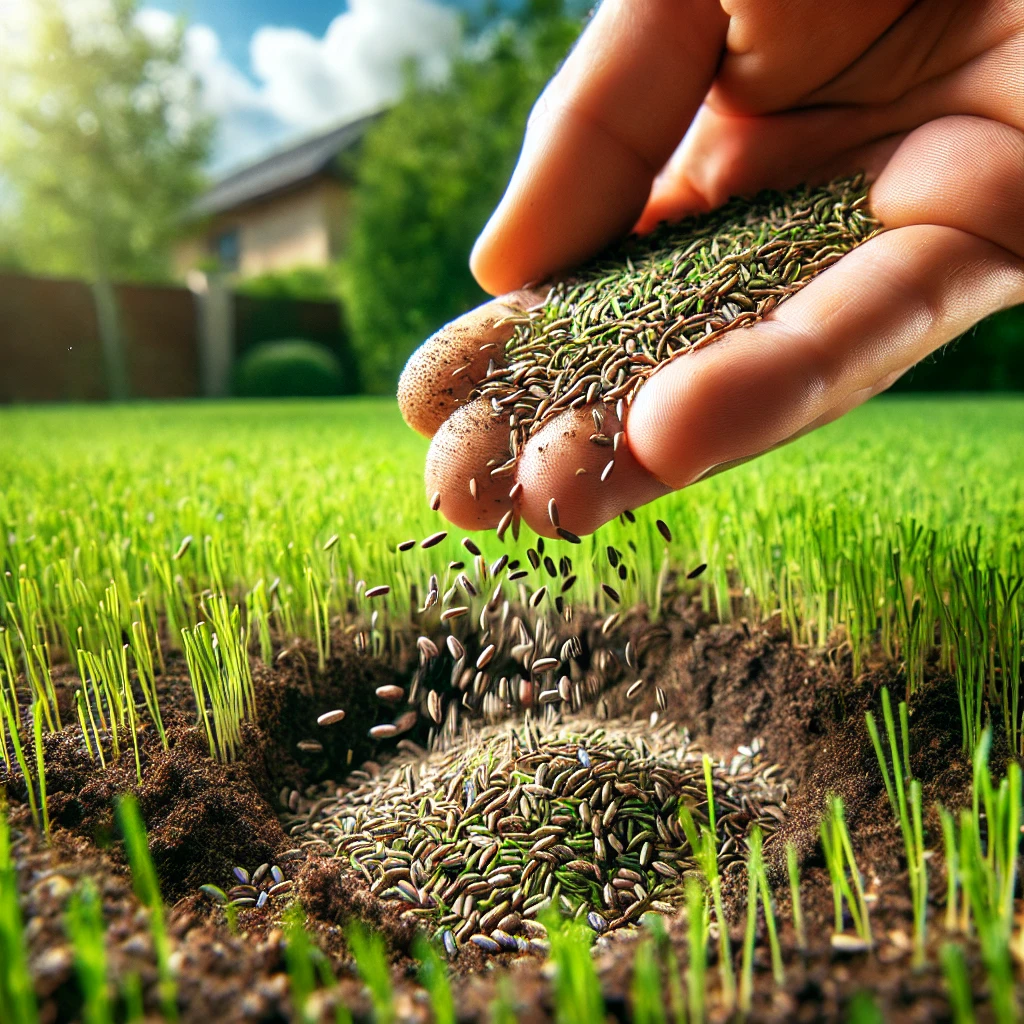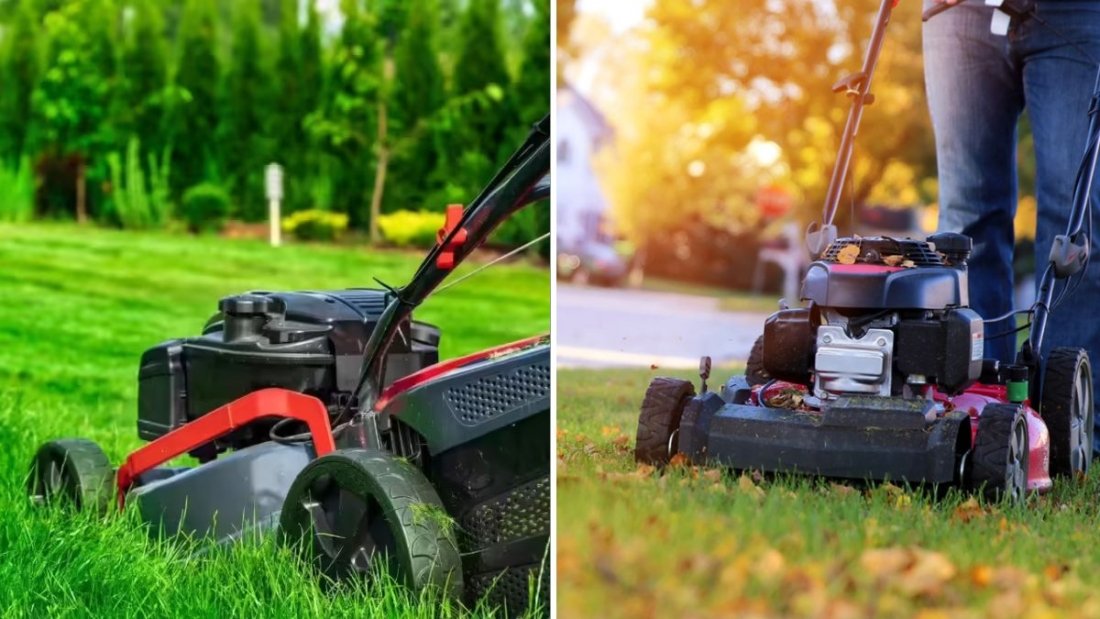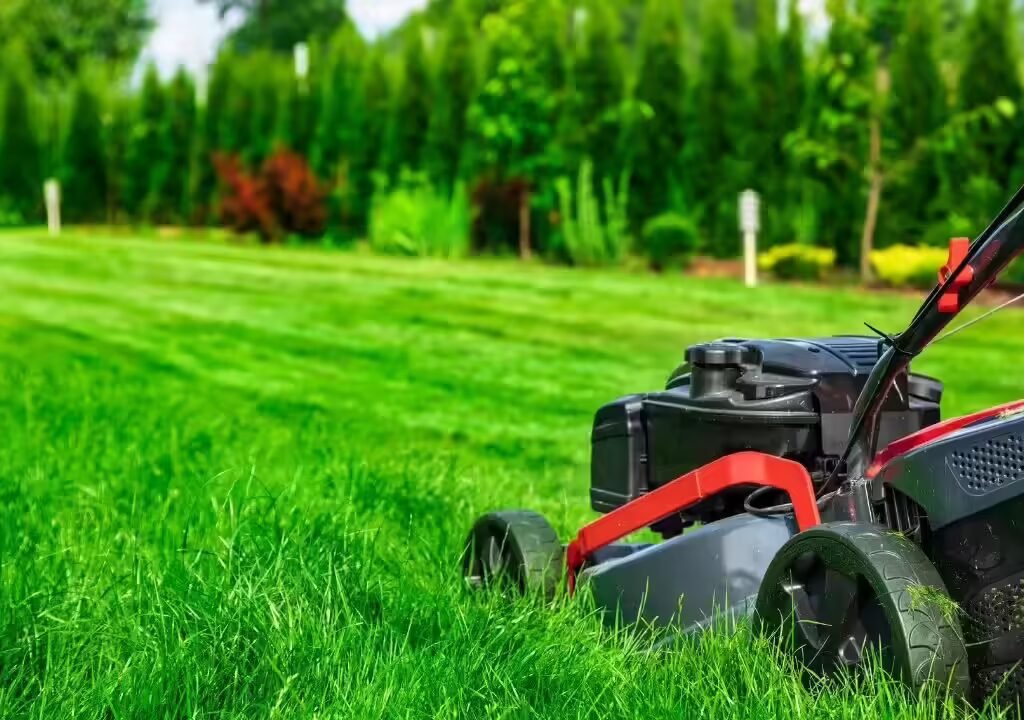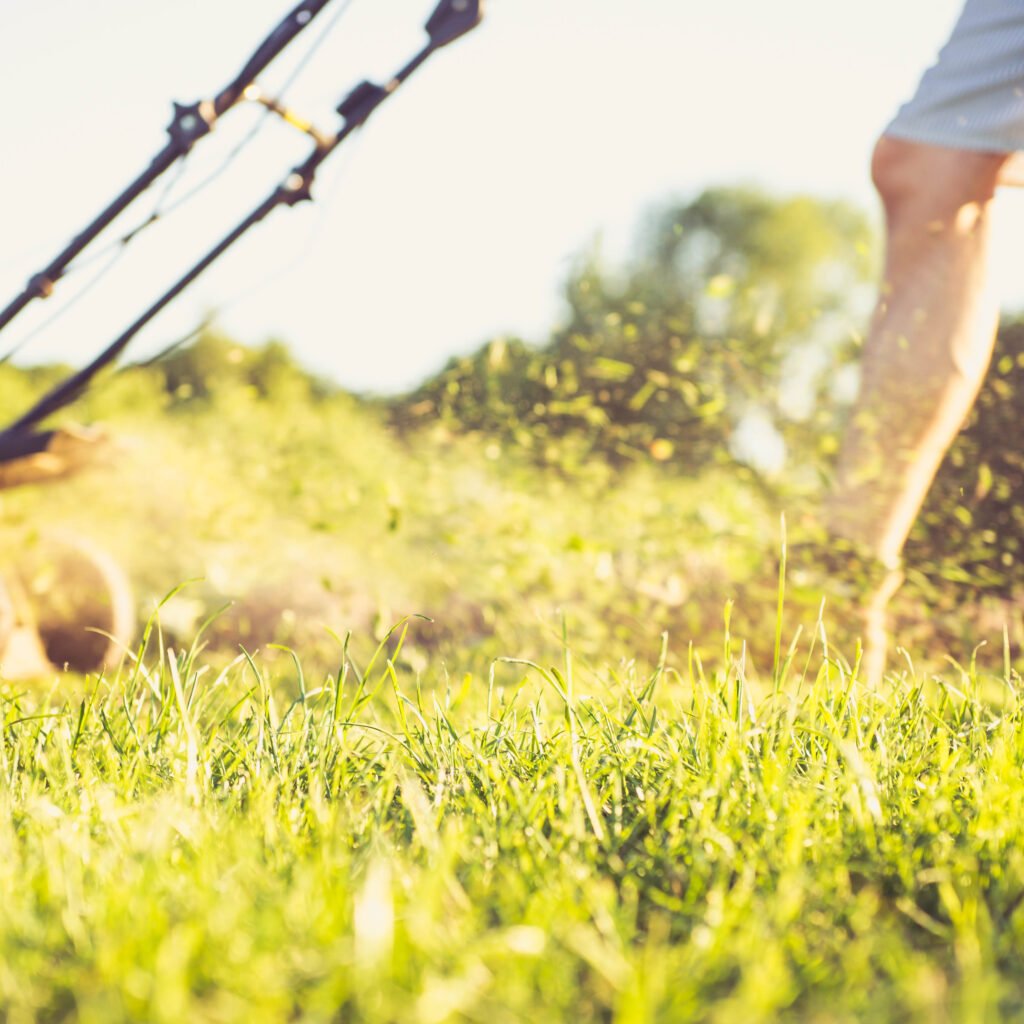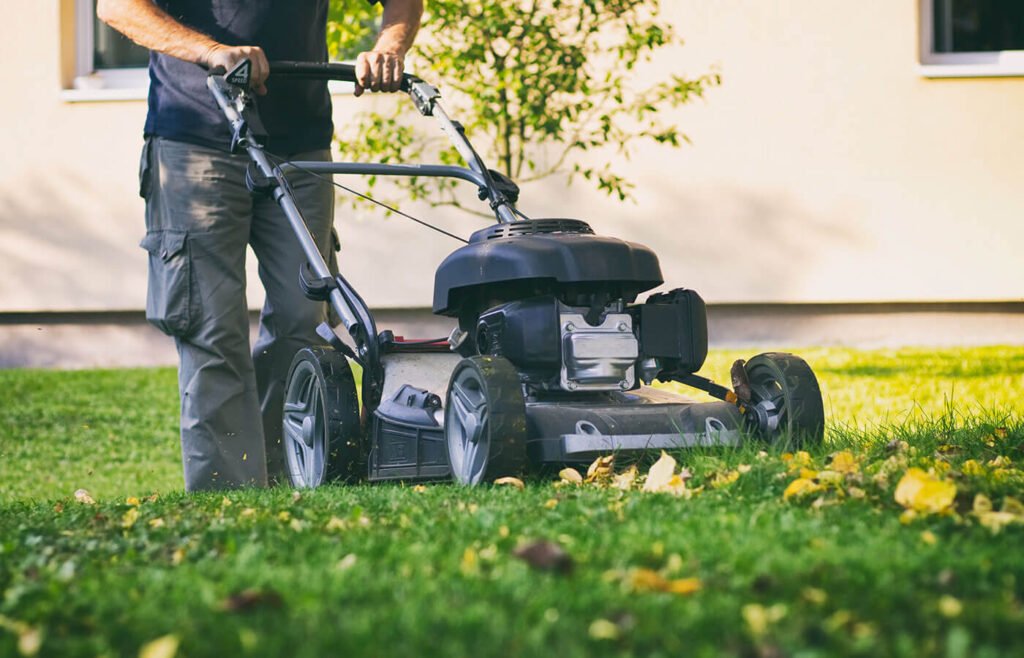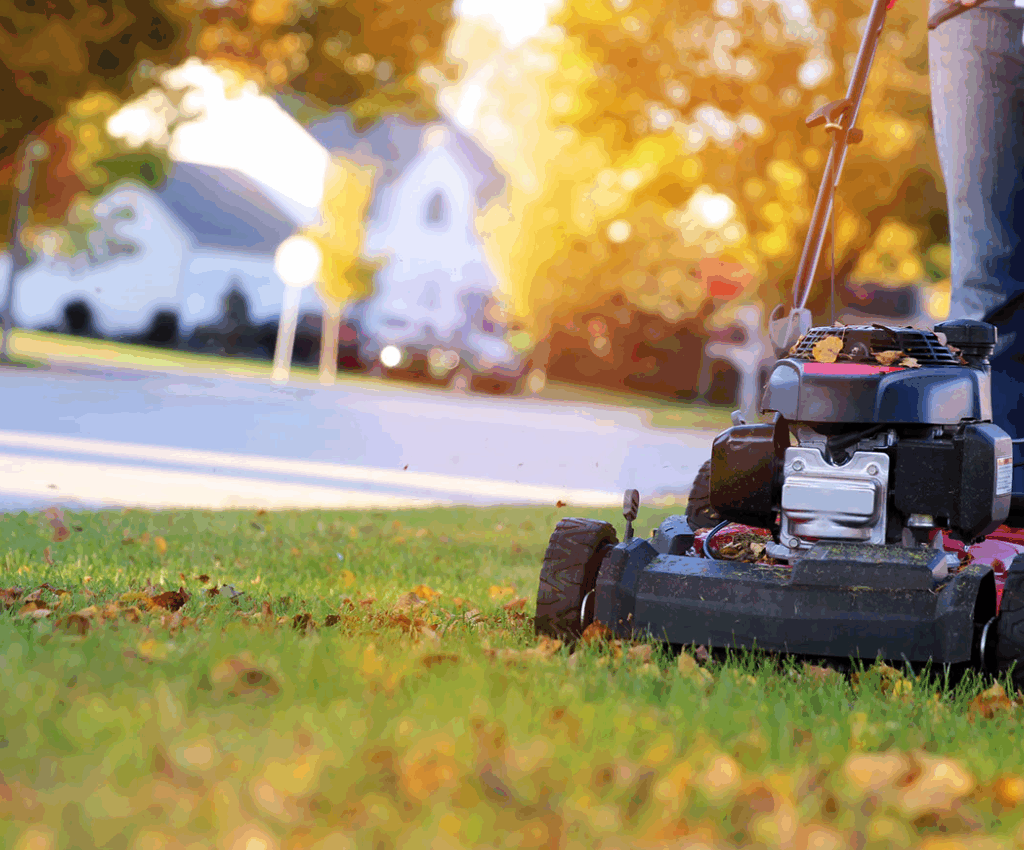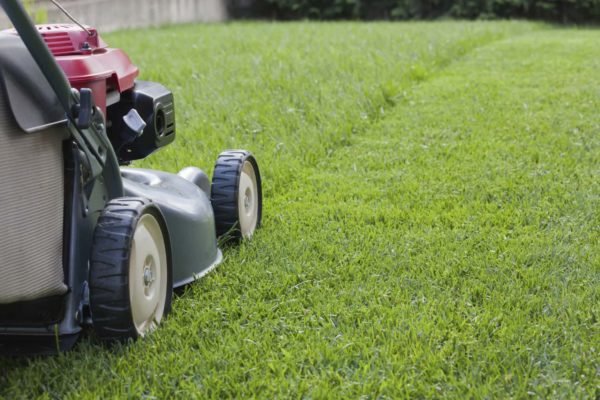Hedge trimmers are among the most essential tools for maintaining a neat and healthy garden. Whether you’re a professional landscaper or a home gardener, the sharpness of your hedge trimmer blades directly affects your work’s efficiency and the health of your plants. But many wonder: how often should you sharpen your hedge trimmers?
This question is surprisingly complex. It depends on multiple factors, including the frequency of use, type of plants trimmed, blade material, and maintenance habits. To help you understand when and how to sharpen your hedge trimmers, this article dives into expert advice, signs that your blades need attention, and practical sharpening guidelines.
Why Sharp Blades Matter
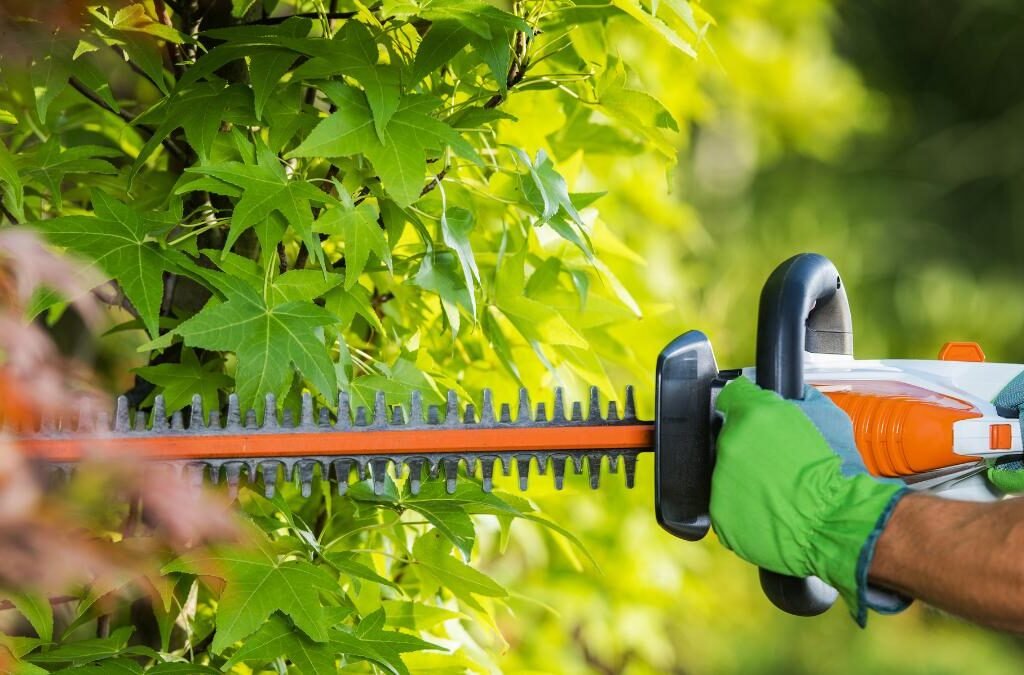
Before discussing sharpening frequency, it’s important to understand why blade sharpness is crucial.
- Clean Cuts Promote Plant Health: Sharp blades slice cleanly through branches and leaves, causing minimal damage. This helps plants heal faster and reduces vulnerability to diseases and pests. Conversely, dull blades tear or crush plant tissue, which can lead to infection and slow growth.
- Efficiency and Safety: Sharp blades require less force and reduce motor strain. This means your hedge trimmer runs smoothly, uses less power or fuel, and lowers your fatigue. Dull blades can cause jerky movements or binding, which increase the risk of accidents.
- Prolongs Tool Life: Regular sharpening keeps blades in good condition, preventing excessive wear on the motor and cutting mechanism, ultimately extending the tool’s lifespan.
How Often Should You Sharpen Hedge Trimmers?
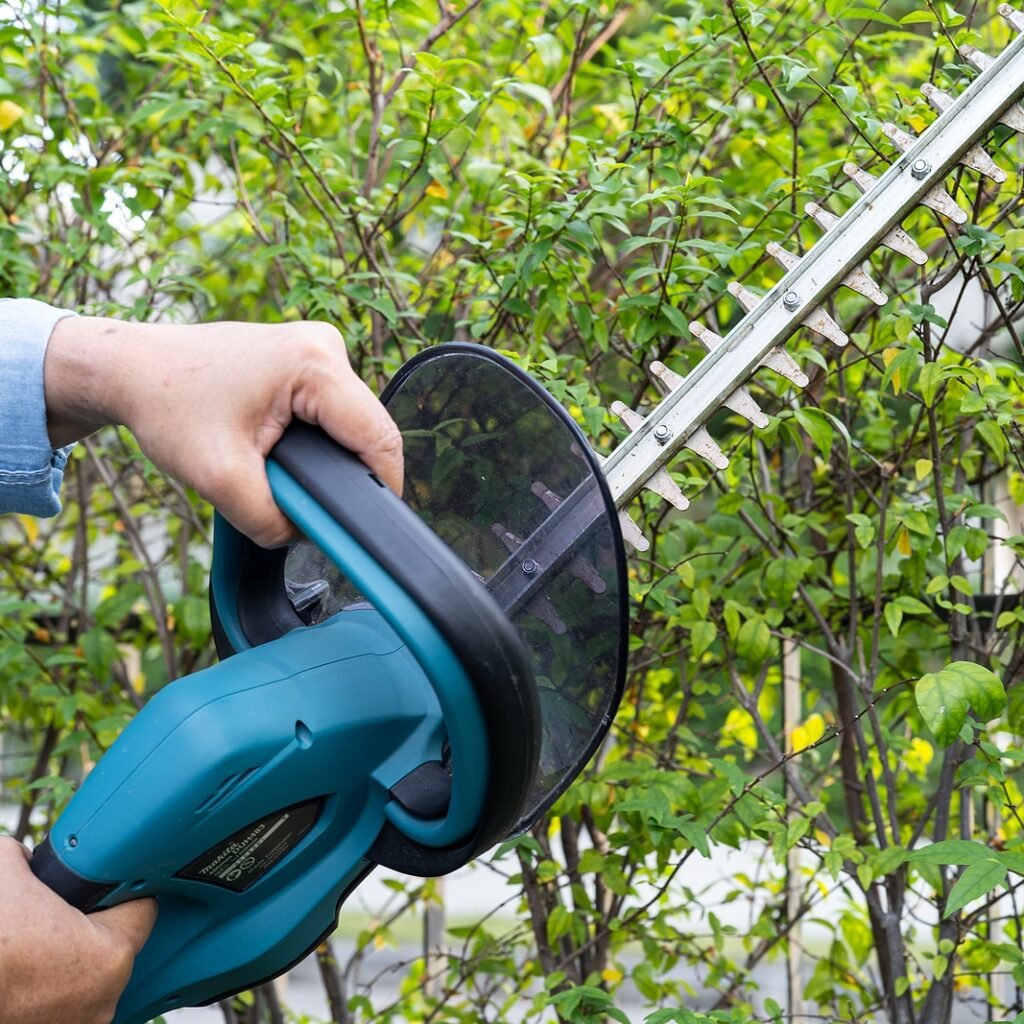
The simple answer is: it depends. However, experts agree that neglecting sharpening leads to poorer performance and shorter tool life.
Key Factors Affecting Sharpening Frequency:
- Frequency of Use
- Occasional Users (Homeowners): If you use your hedge trimmer once or twice a month during the growing season, sharpening it once or twice per year—typically before and mid-season—is usually enough.
- Frequent Users (Professional Landscapers): For those trimming daily or weekly, sharpening every 1-2 weeks is recommended. Heavy use rapidly dulls blades.
- Intensive Use (Specialized Landscaping): Professionals working with thorny, woody, or dense plants might need to sharpen their blades even more often—potentially every few days.
- Type of Vegetation
- Cutting soft-leaf plants like boxwood wears blades slower.
- Thick, woody, or thorny plants (like holly or hawthorn) dull blades faster.
- Blade Material and Quality
- High-quality hardened steel blades maintain their edge longer.
- Budget or softer metal blades dull more quickly and need more frequent sharpening.
- Environmental Conditions
- Dust, sand, and sap accelerate blade dulling.
- Wet or sticky plant sap can gum up the blades, making them less efficient.
- Maintenance Habits
- Proper cleaning, lubrication, and storage prolong blade sharpness.
- Neglecting cleaning leads to rust and faster wear.
Signs Your Hedge Trimmer Needs Sharpening
Waiting for a scheduled sharpening can be less effective than responding to your trimmer’s performance. Watch for these signs:
- Rough or Torn Cuts: Instead of clean slices, the hedge edges look ragged or shredded.
- Increased Effort Required: The trimmer struggles or slows down while cutting.
- Visible Damage: Nicks, chips, or rust spots on the blade edges.
- Unusual Vibrations: Excessive shaking or uneven movement during use.
- Burning Smell or Smoke: Friction from dull blades overheats the motor or cuts.
How to Sharpen Hedge Trimmers: Expert Recommendations
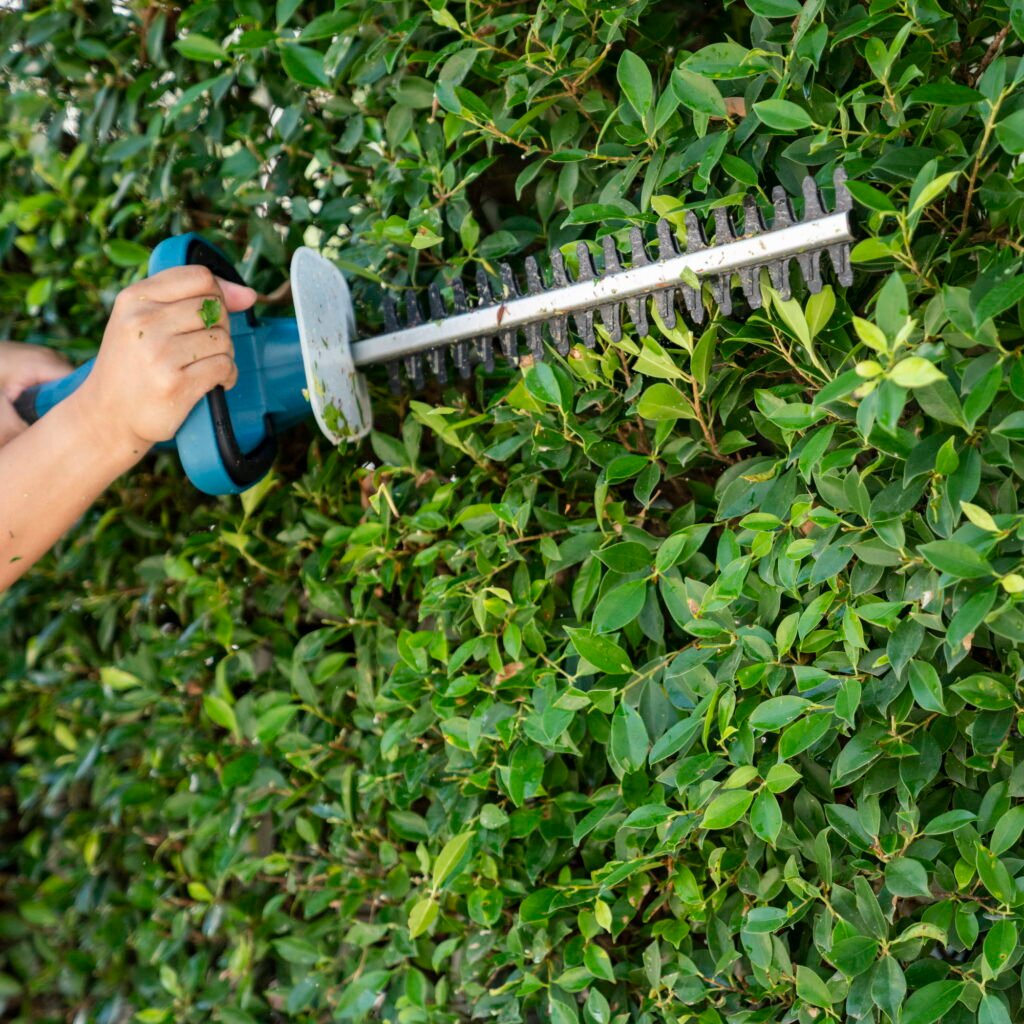
Safety First
Always disconnect power (unplug electric models or remove batteries) or turn off petrol models before sharpening. Wear gloves and eye protection.
Tools Needed:
- Fine flat file or sharpening stone
- Clamp or vise to secure the blades
- Lubricating oil or spray
Step-by-Step Sharpening:
- Clean the blades: Remove dirt, sap, and debris.
- Secure the blade: Use a clamp or vise for stability.
- File at the correct angle: Most blades have a bevel around 30 degrees. Maintain this angle while filing.
- Sharpen evenly: File each tooth or blade edge uniformly.
- Remove burrs: Lightly file the opposite side to smooth rough edges.
- Lubricate: Apply oil to prevent rust and reduce friction.
Tips to Prolong Sharpness Between Sharpenings
- Avoid cutting branches thicker than your trimmer’s capacity.
- Trim when plants are dry to minimize sap buildup.
- Clean blades thoroughly after each use.
- Lubricate blades regularly.
- Store in a dry, protected area.
What Happens If You Don’t Sharpen Enough?
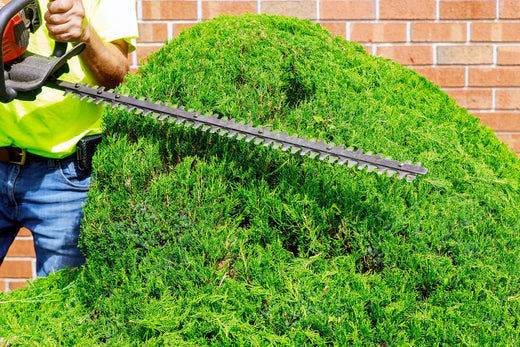
Neglecting blade maintenance has consequences:
- Damage to Plants: Dull blades cause ragged cuts, increasing infection risk.
- Reduced Efficiency: Cuts take longer, and the motor strains more.
- Increased Wear: The motor and mechanical parts degrade faster.
- Safety Risks: Dull blades increase the likelihood of kickbacks or accidents.
Expert Opinions
John Mitchell, a professional landscaper with 15 years of experience, says:
“I sharpen my hedge trimmers every 10 to 14 days during the busy season. It keeps the job easier and the plants healthier. Dull blades just aren’t worth the hassle.”
Sally Green, horticulturist and garden tool specialist, advises:
“If you’re an occasional gardener, sharpen once or twice a year. But always listen to your tool—if it’s not cutting cleanly, don’t wait. Sharpen as soon as you notice a drop in performance.”
Professional Sharpening Services
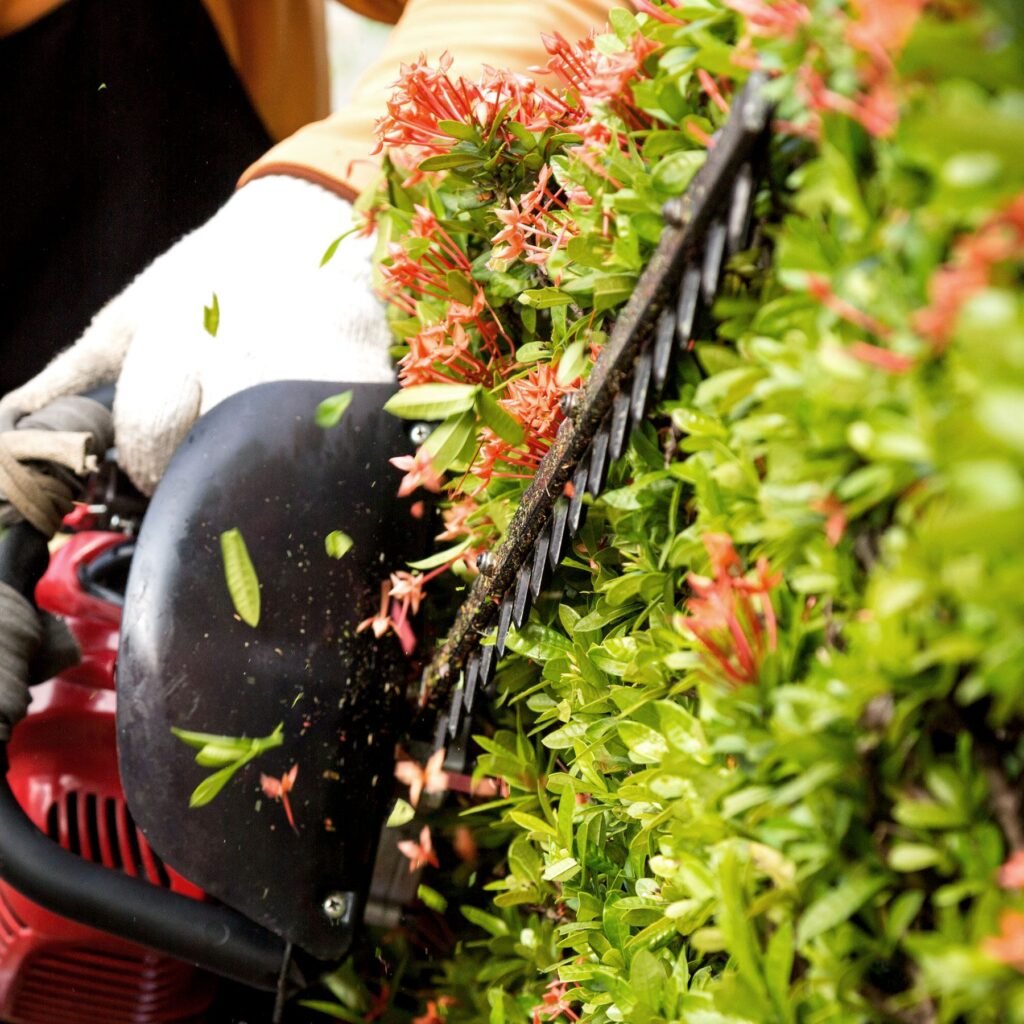
If you lack the tools or confidence, many garden centers and tool repair shops offer sharpening services. This is often cost-effective, especially for frequent users, and ensures blades are sharpened correctly.
Conclusion: A Balanced Approach
The key takeaway is that sharpening frequency depends on how often and how hard you use your hedge trimmer. Casual users might get by with once or twice yearly sharpening, while professionals need a more rigorous routine, sometimes weekly.
Regular inspection is crucial. When in doubt, sharpen your blades sooner rather than later to protect your plants, save time, and extend your tool’s lifespan. Combined with proper cleaning, lubrication, and storage, a good sharpening routine will keep your hedge trimmer working smoothly season after season.
